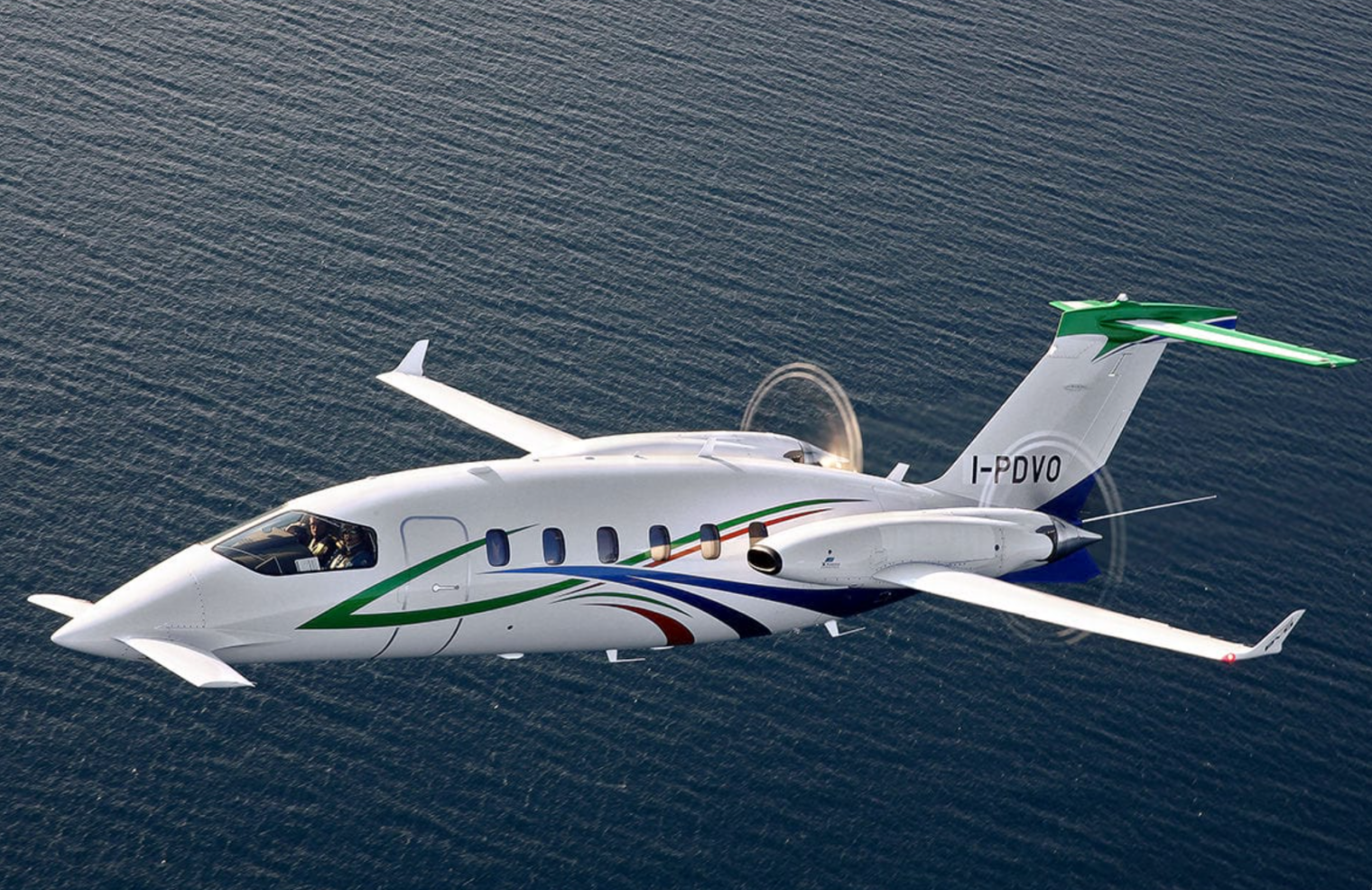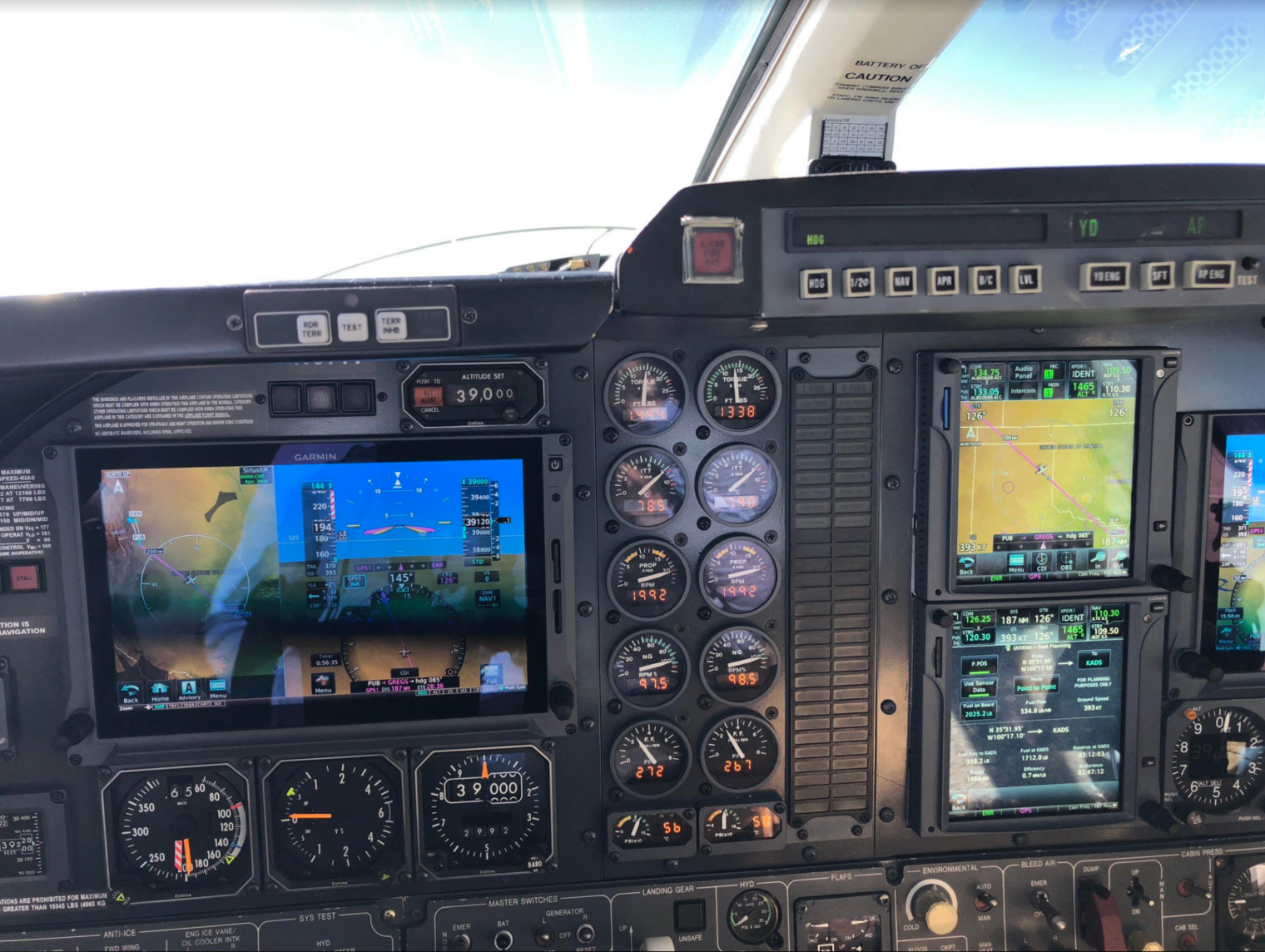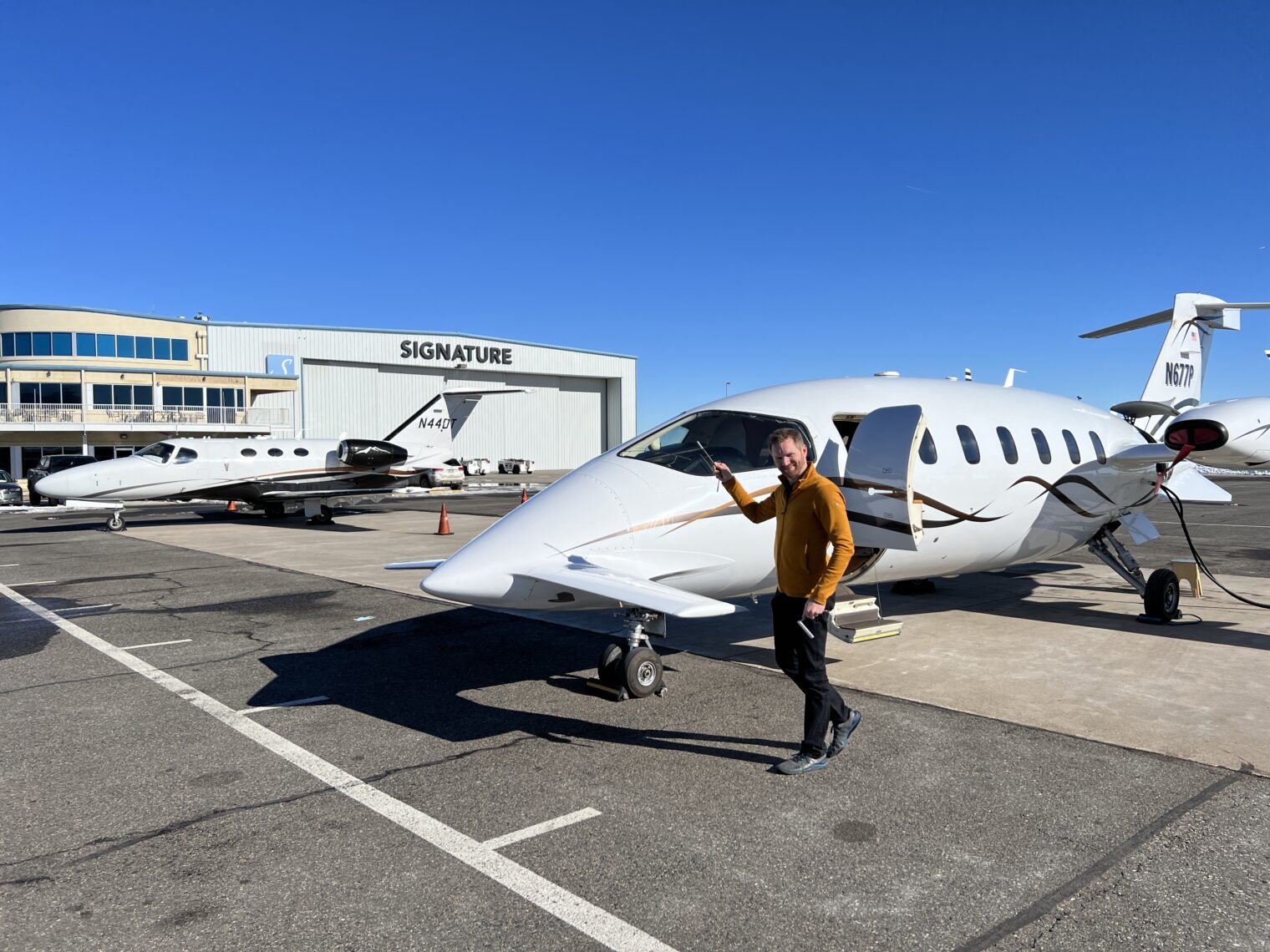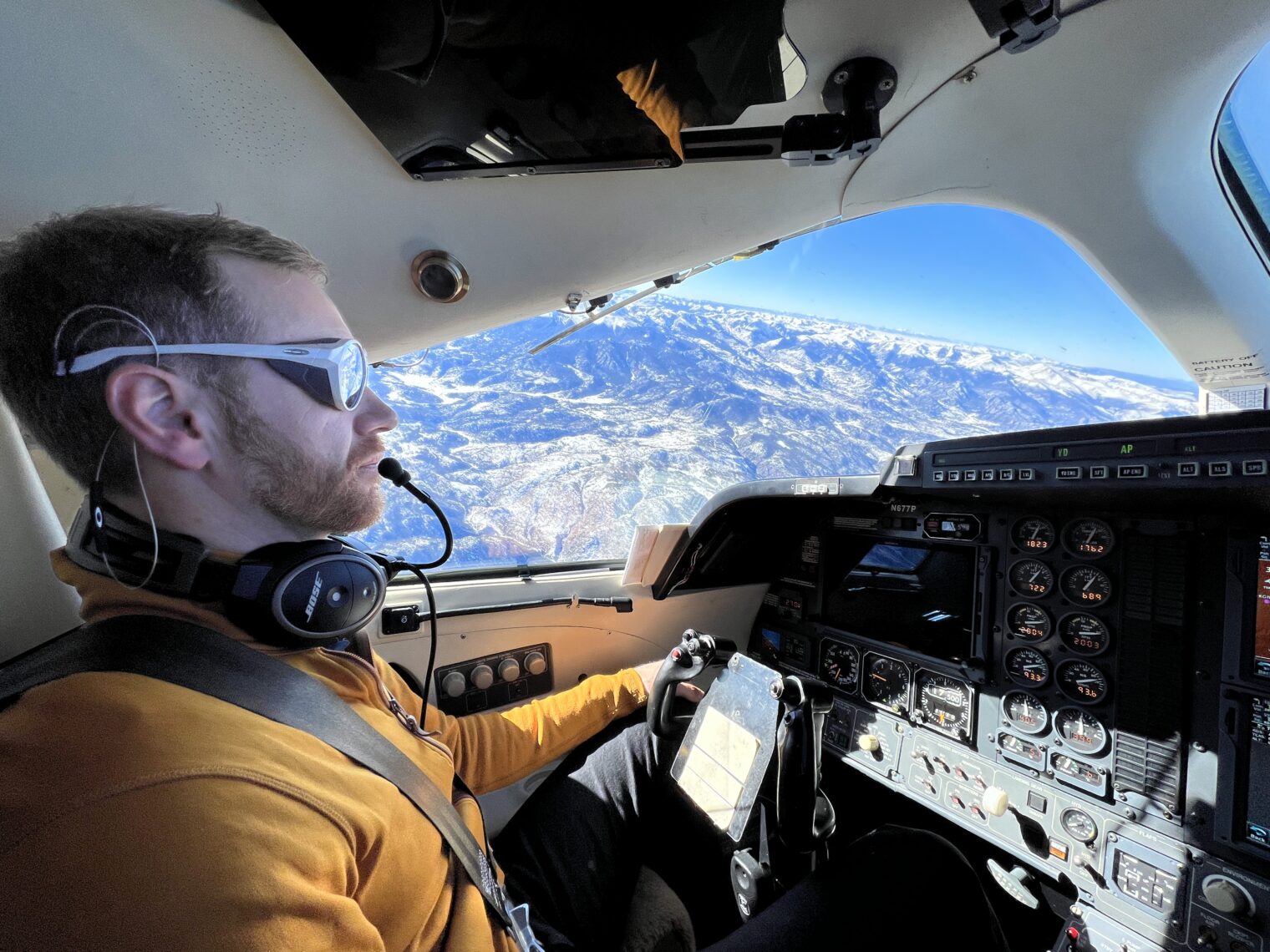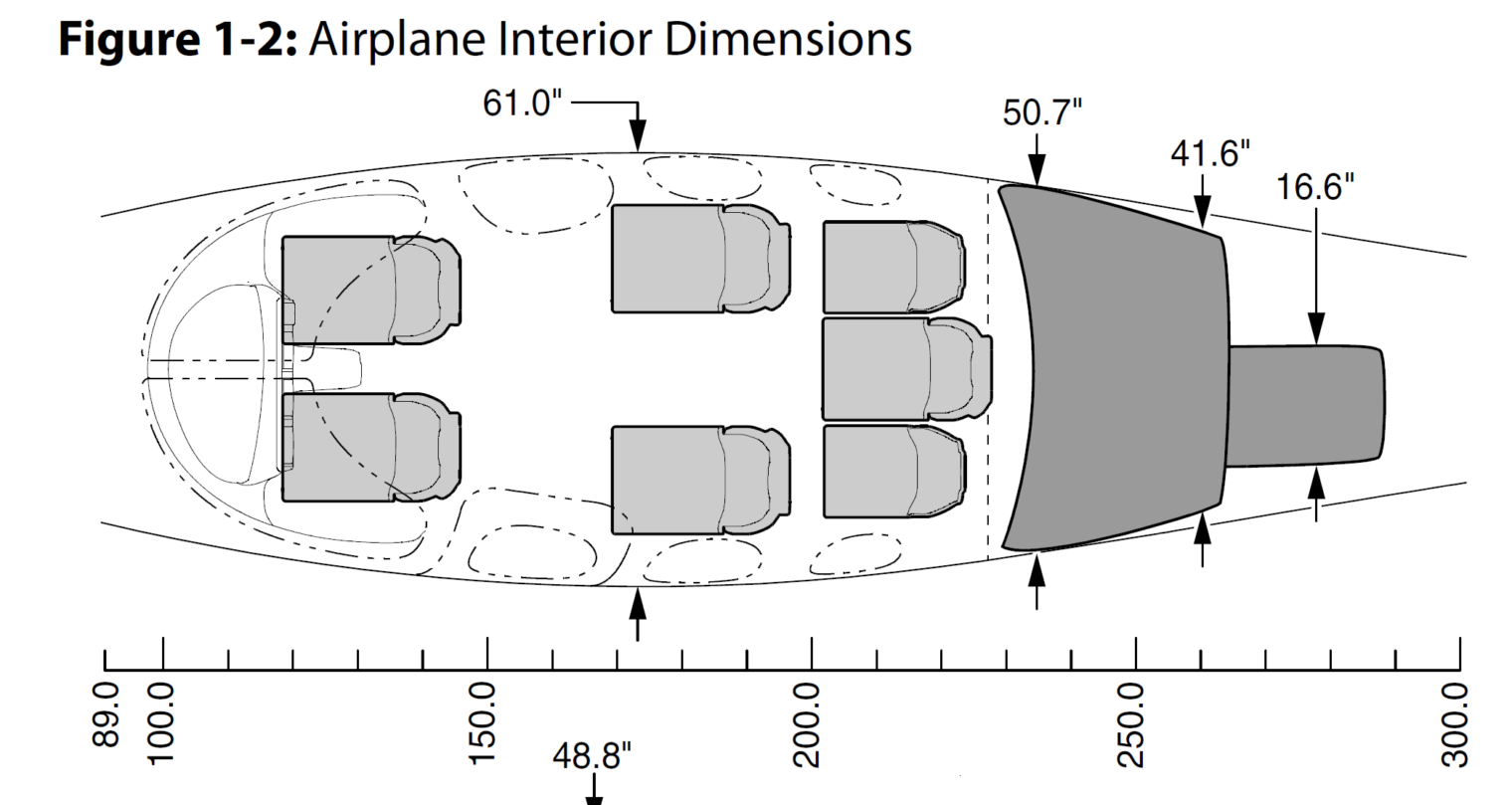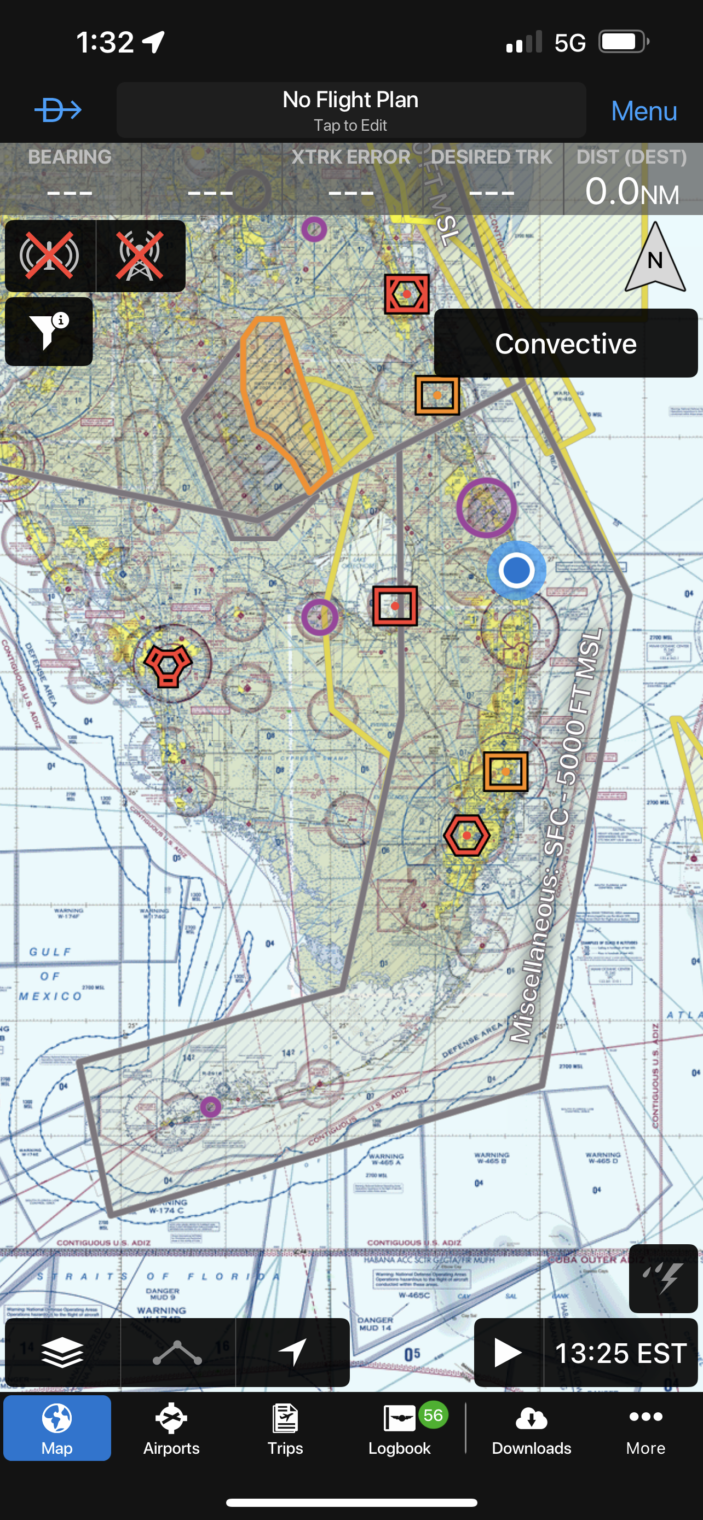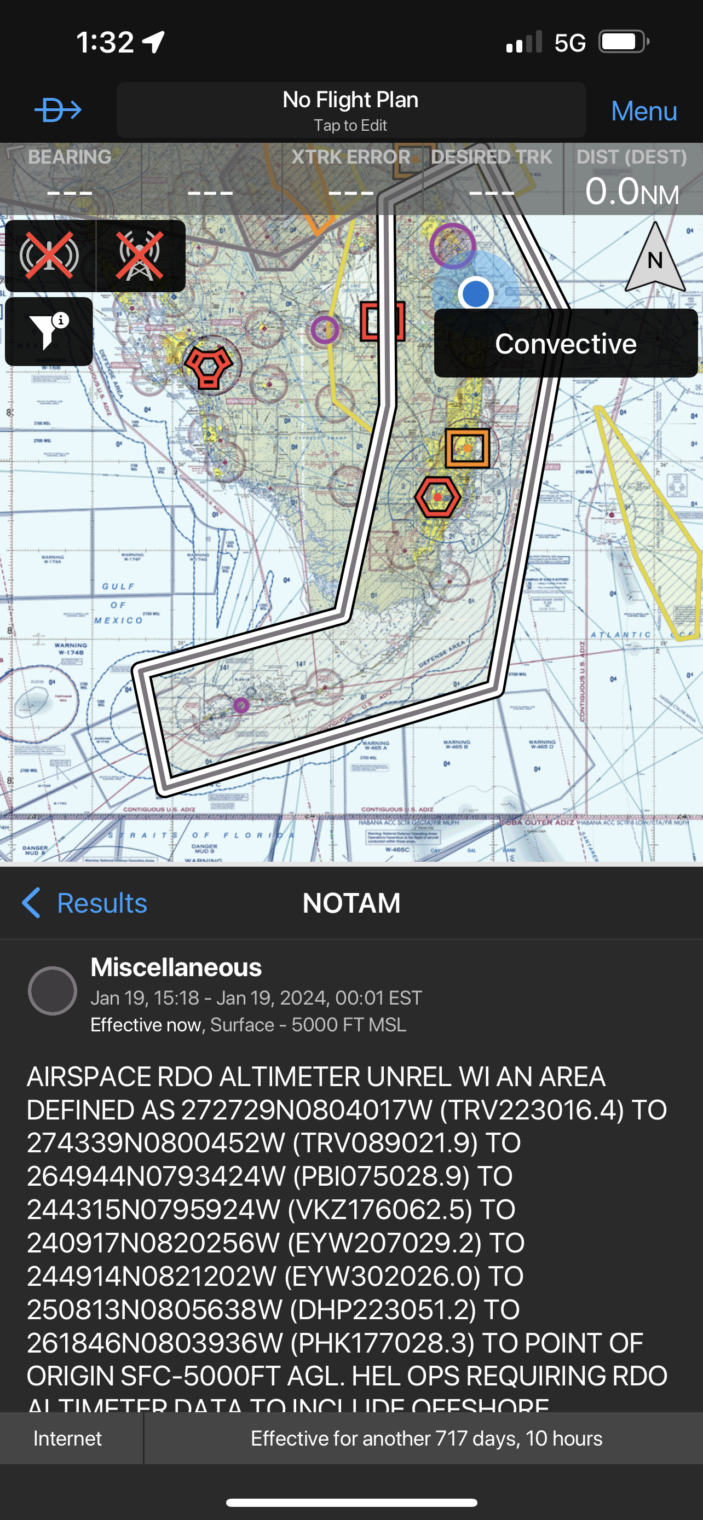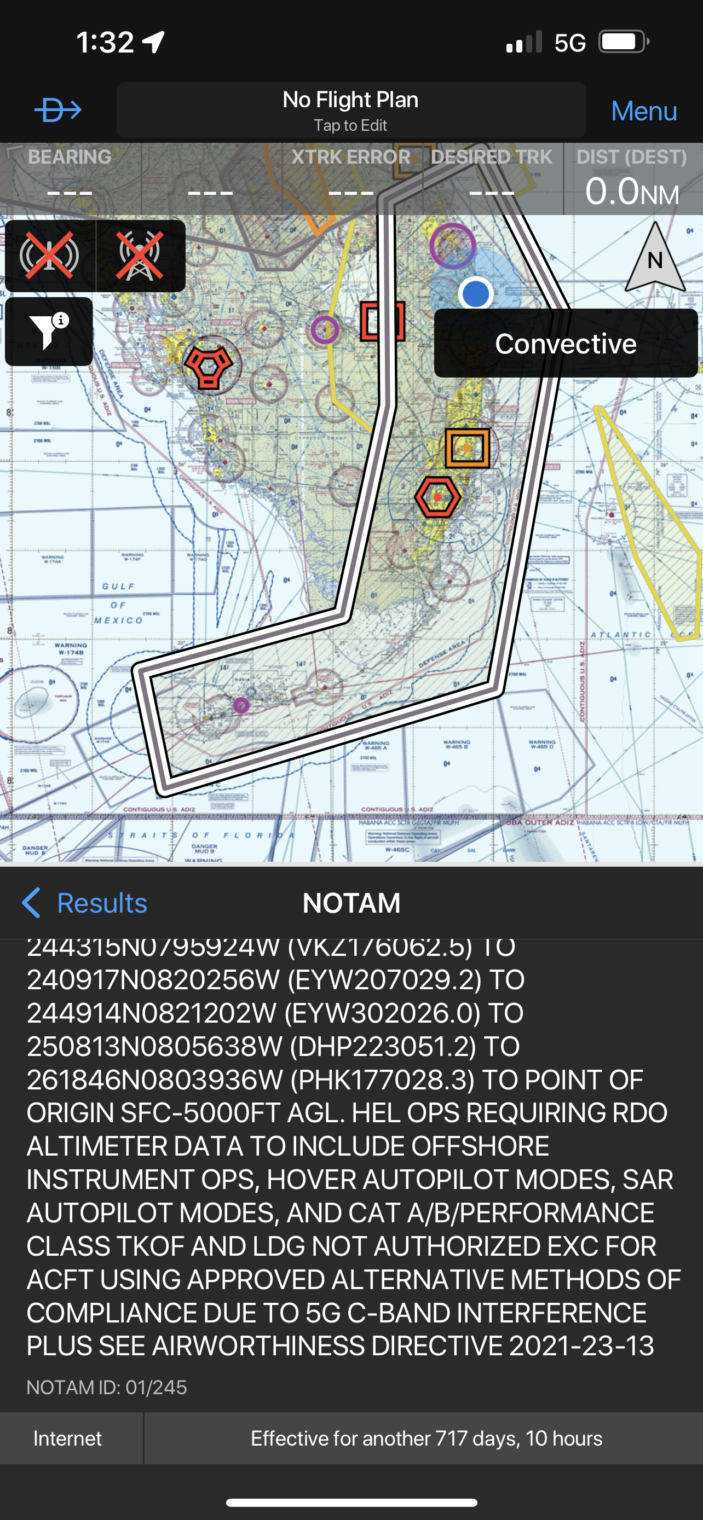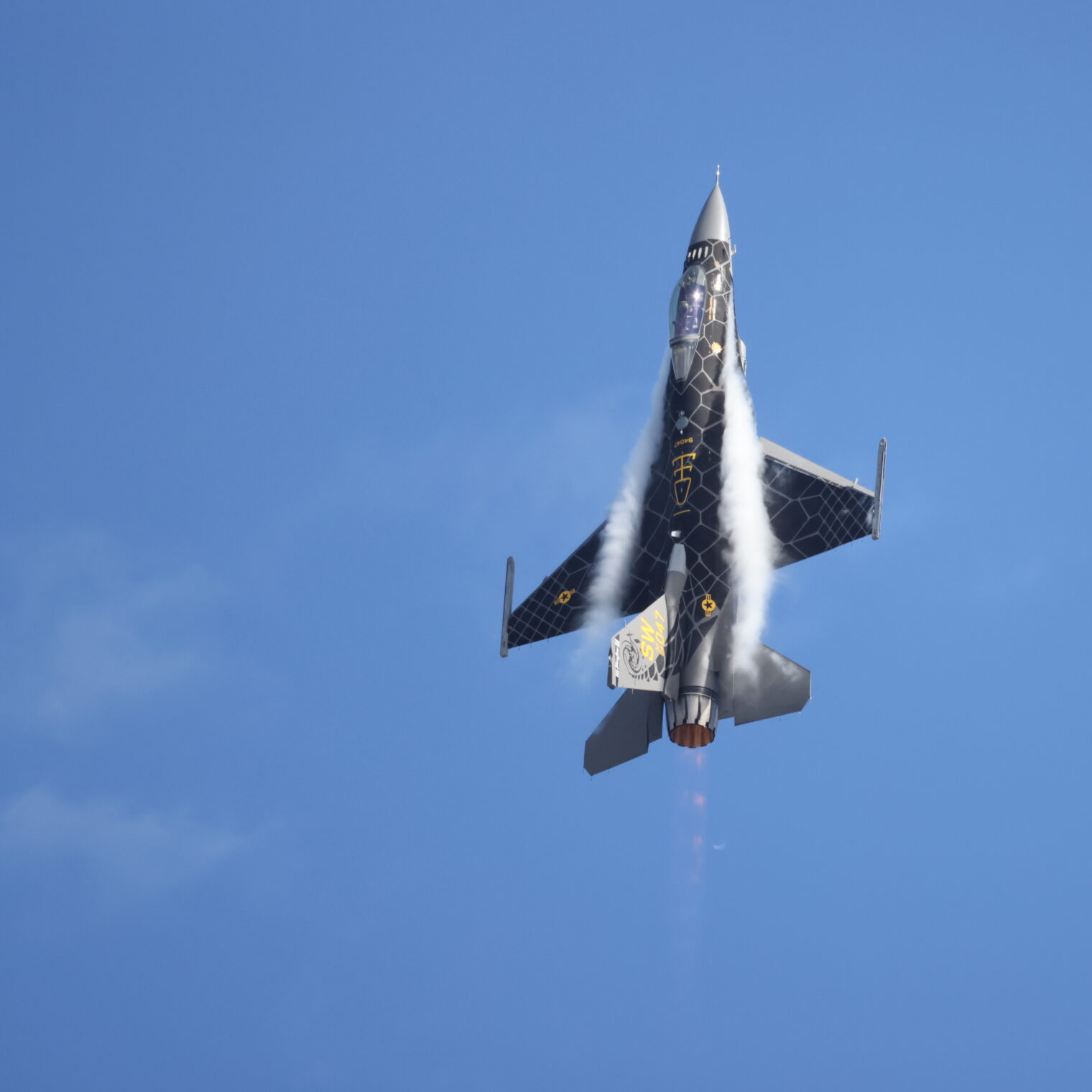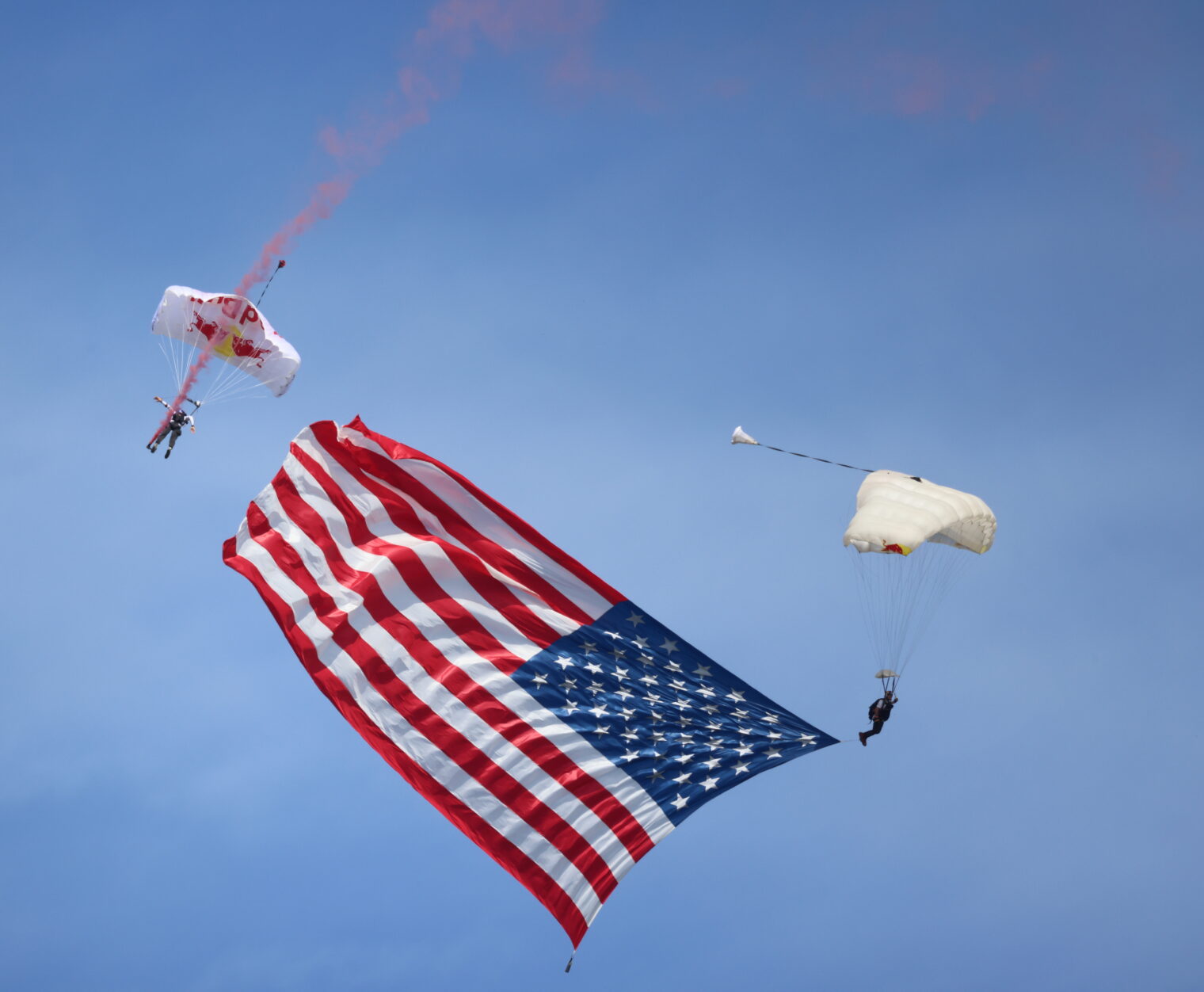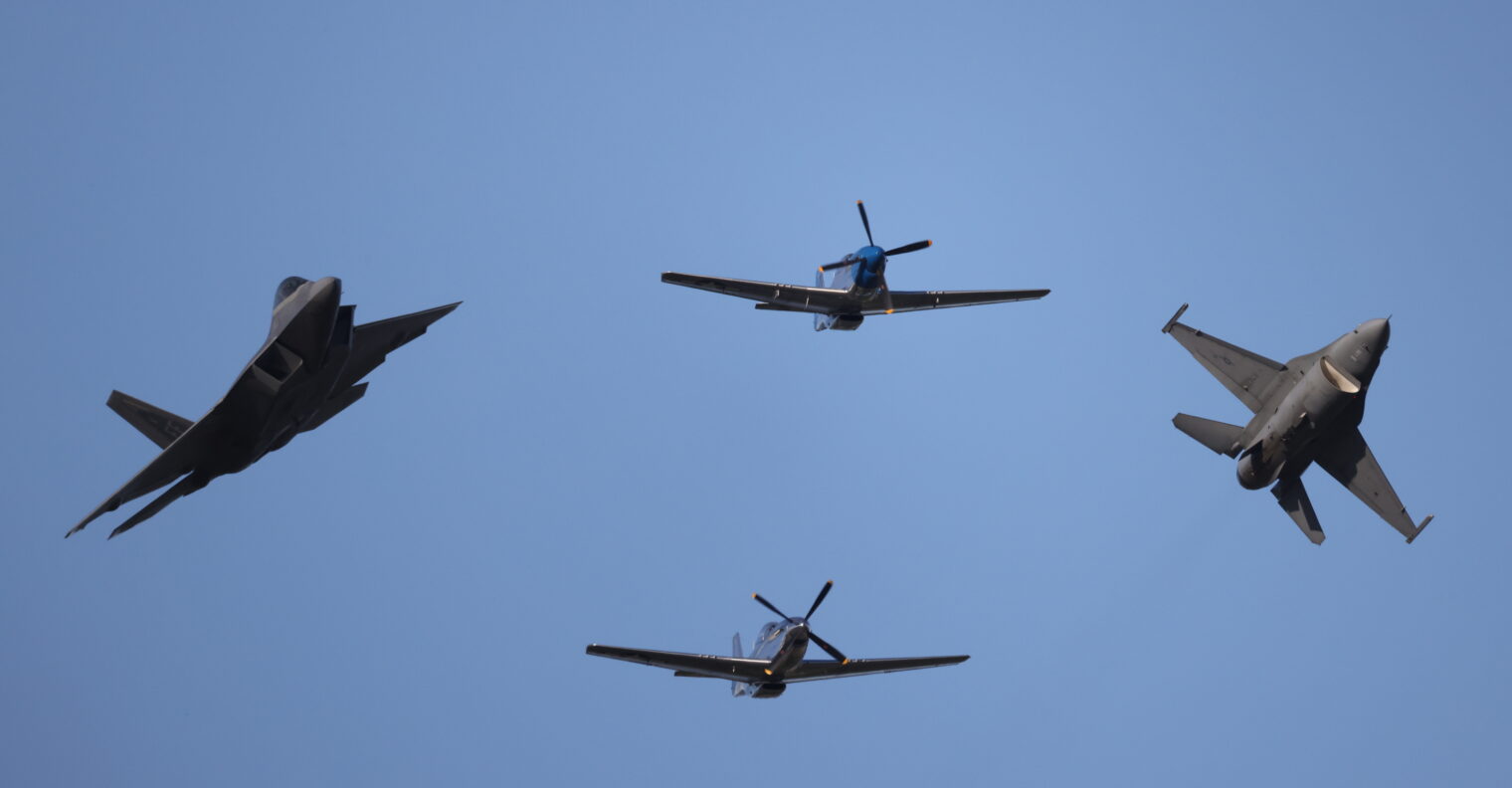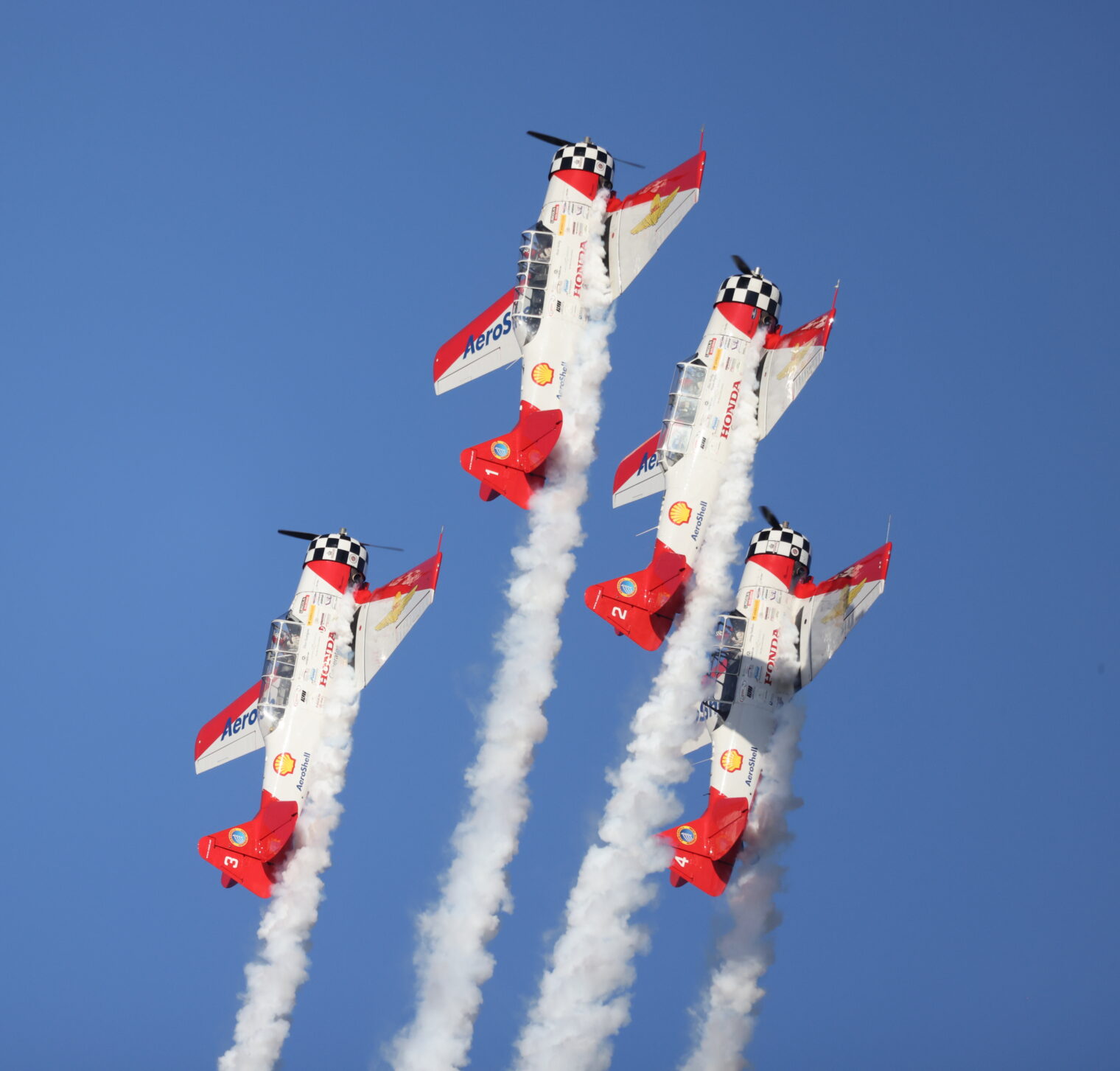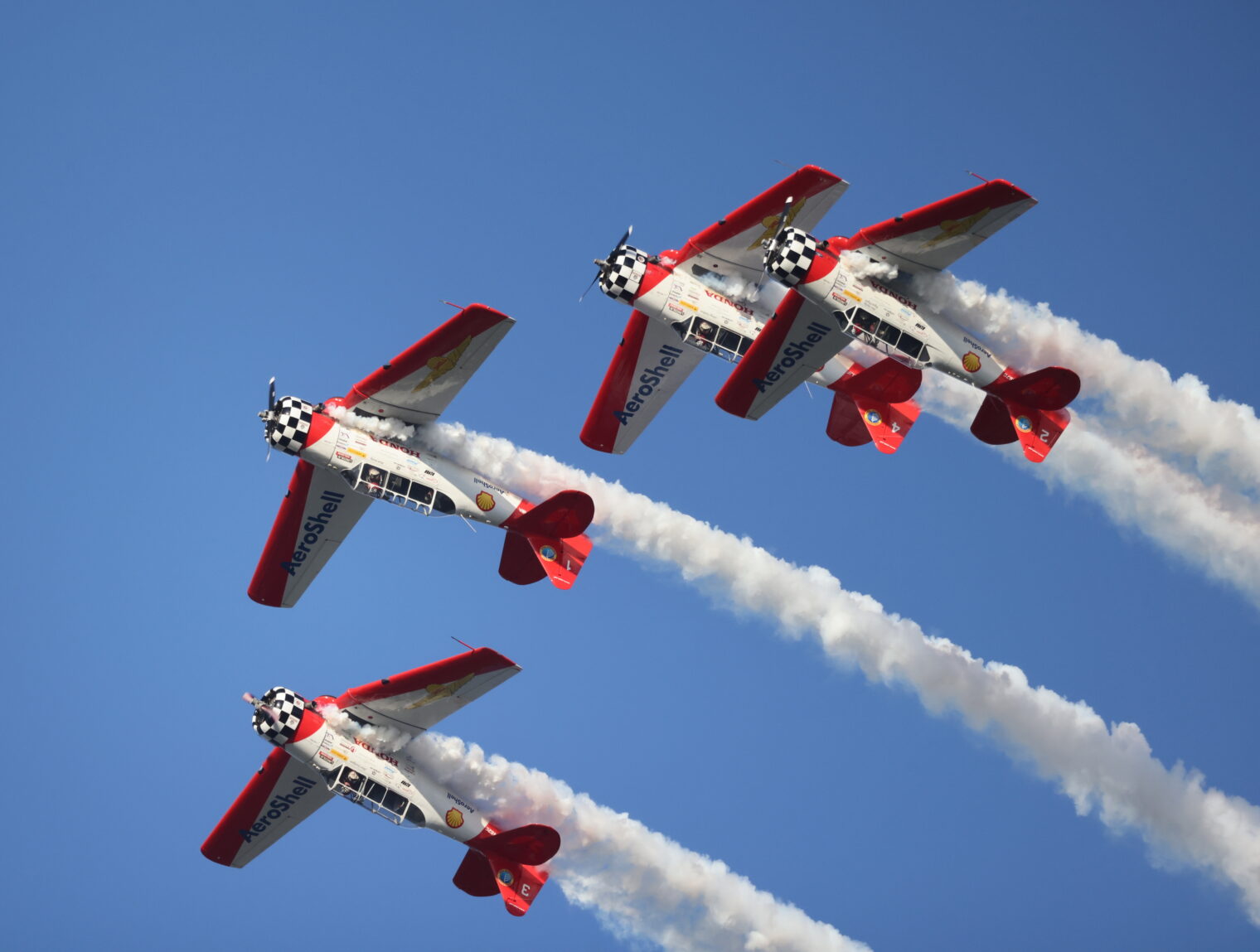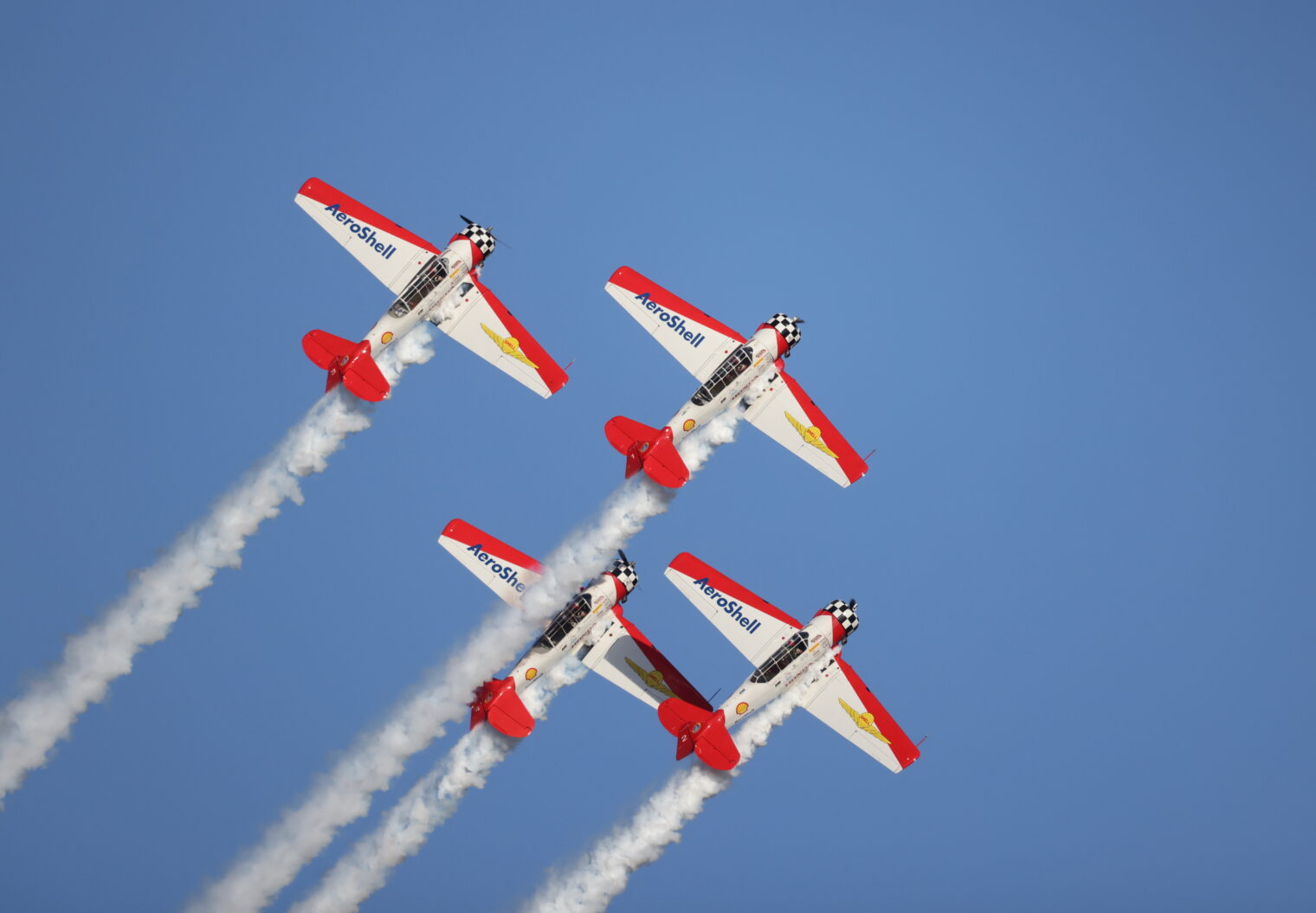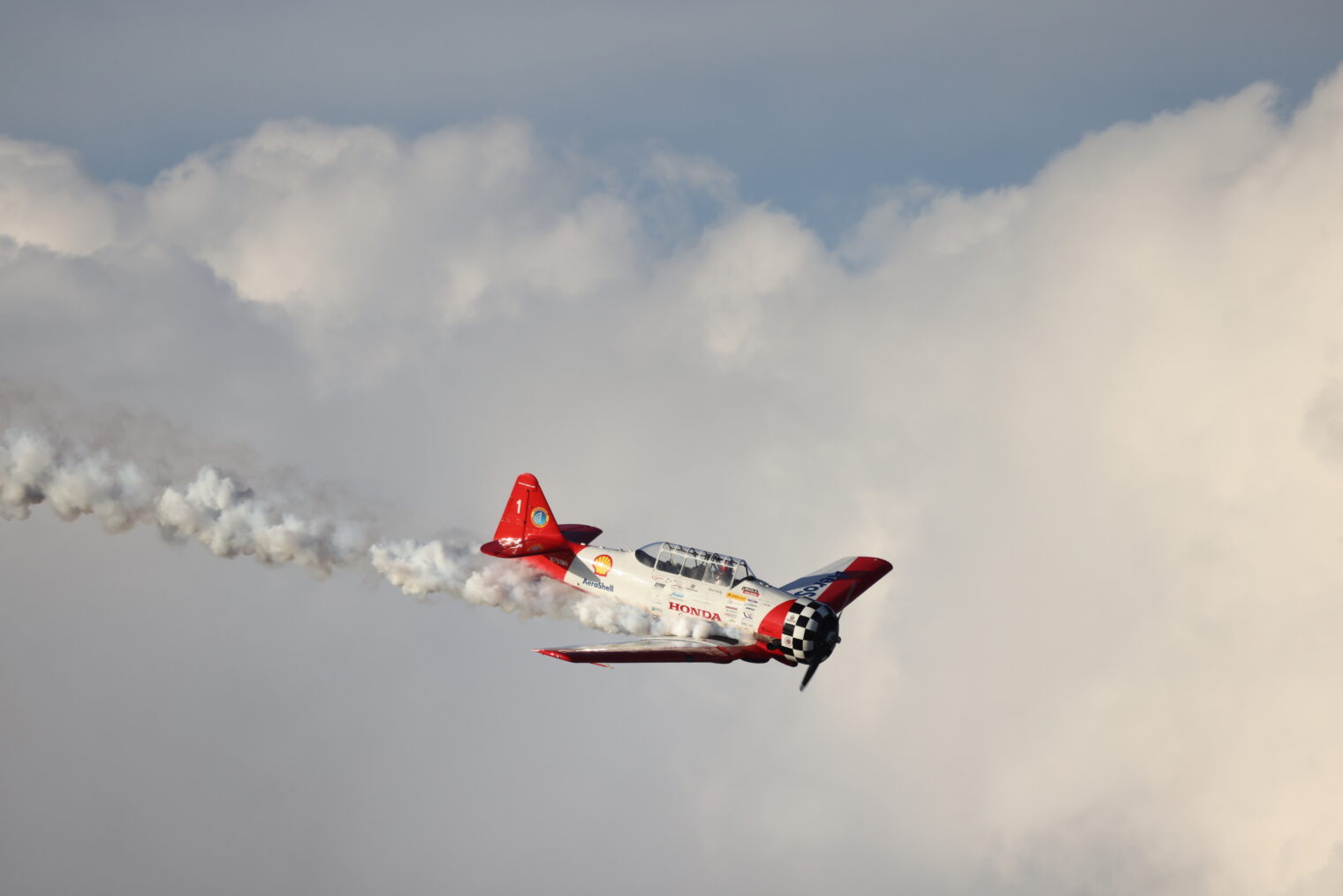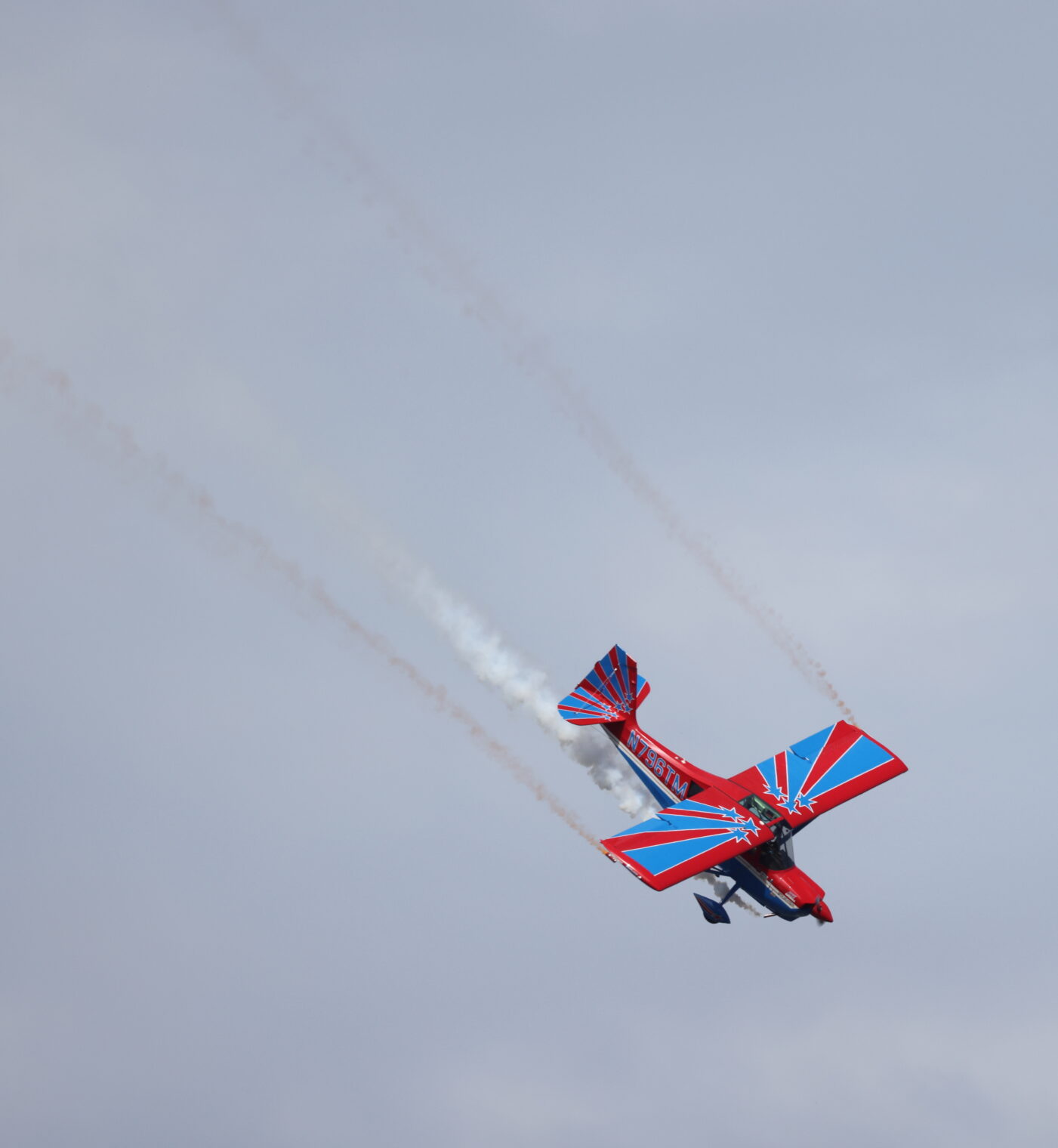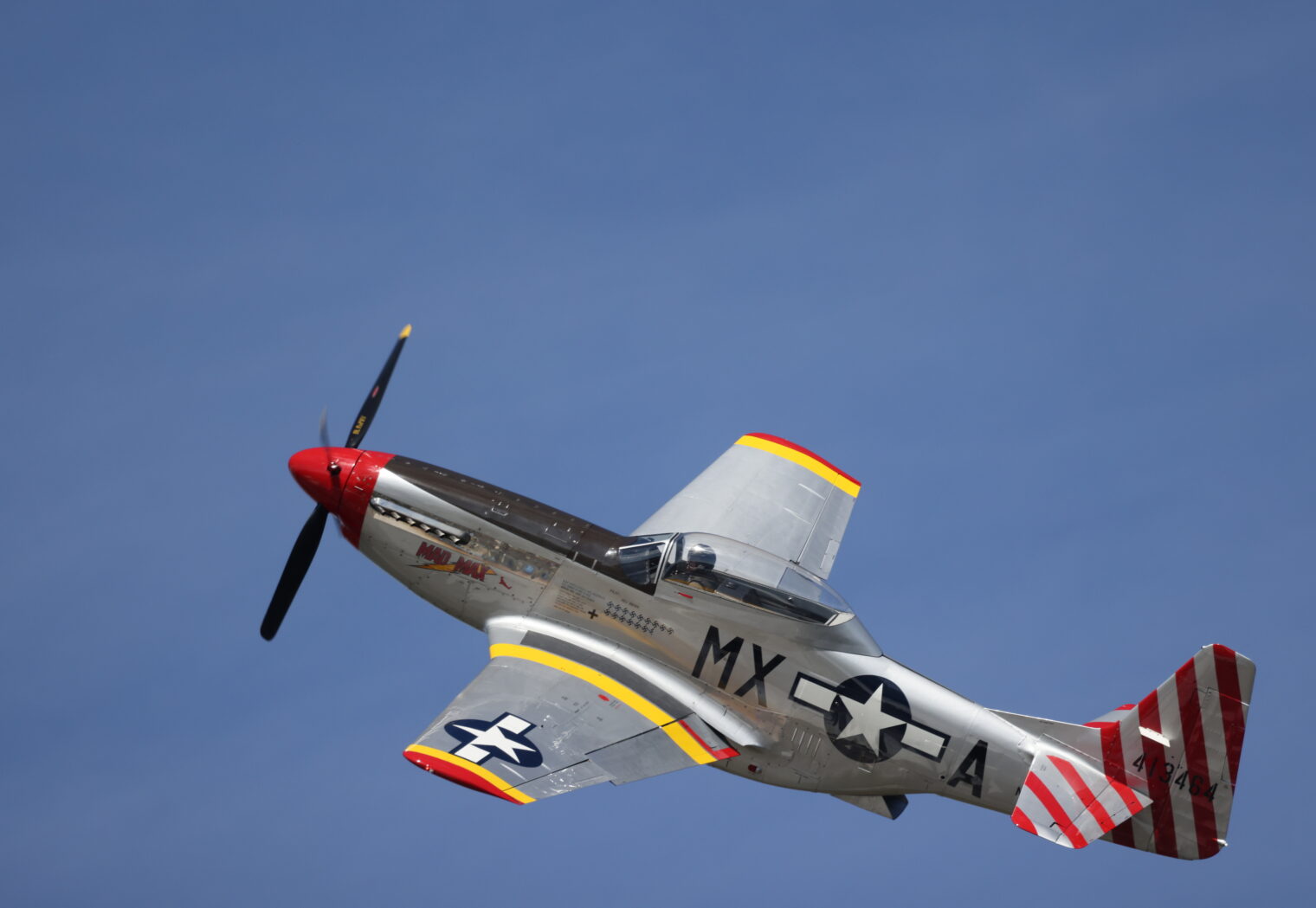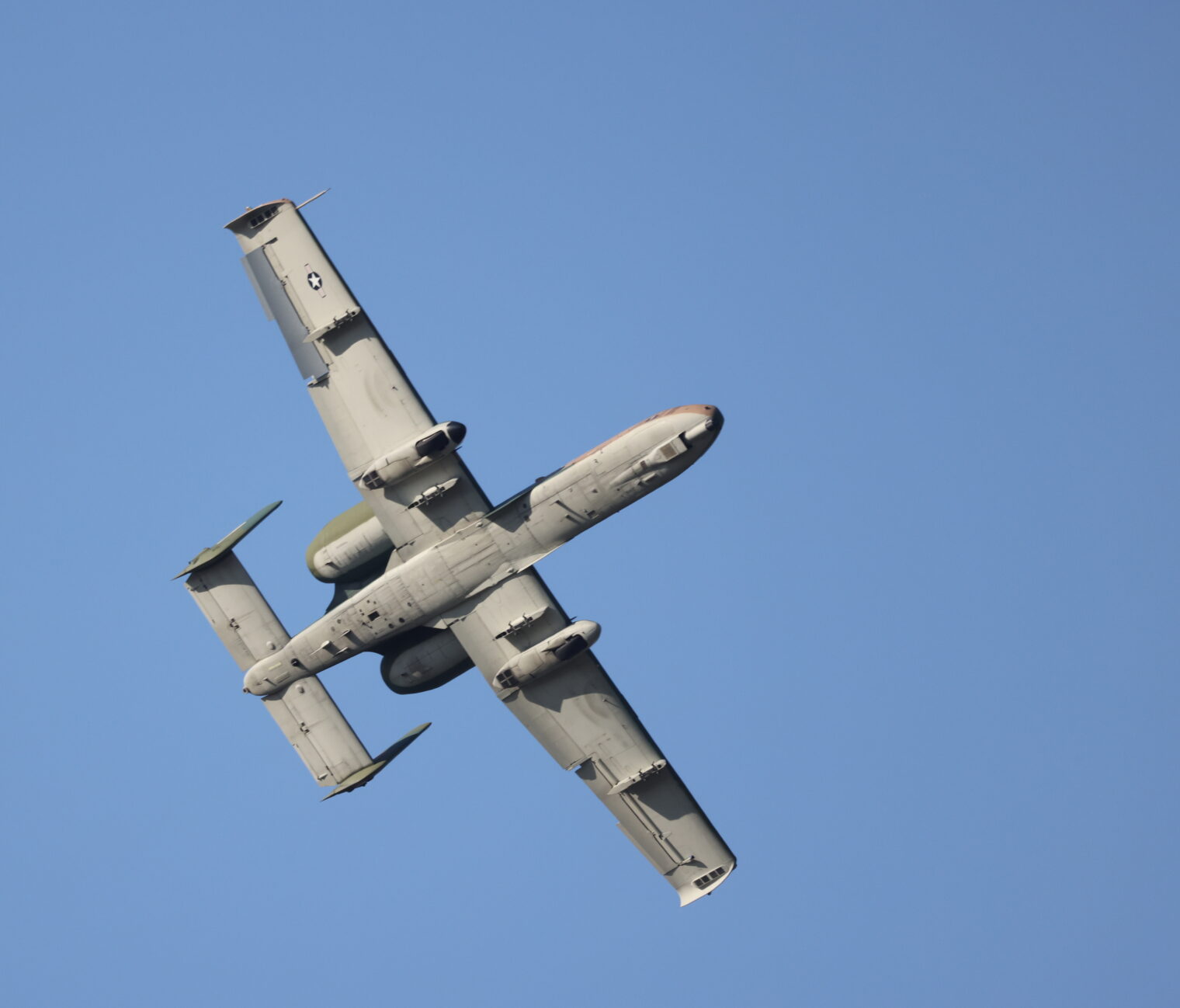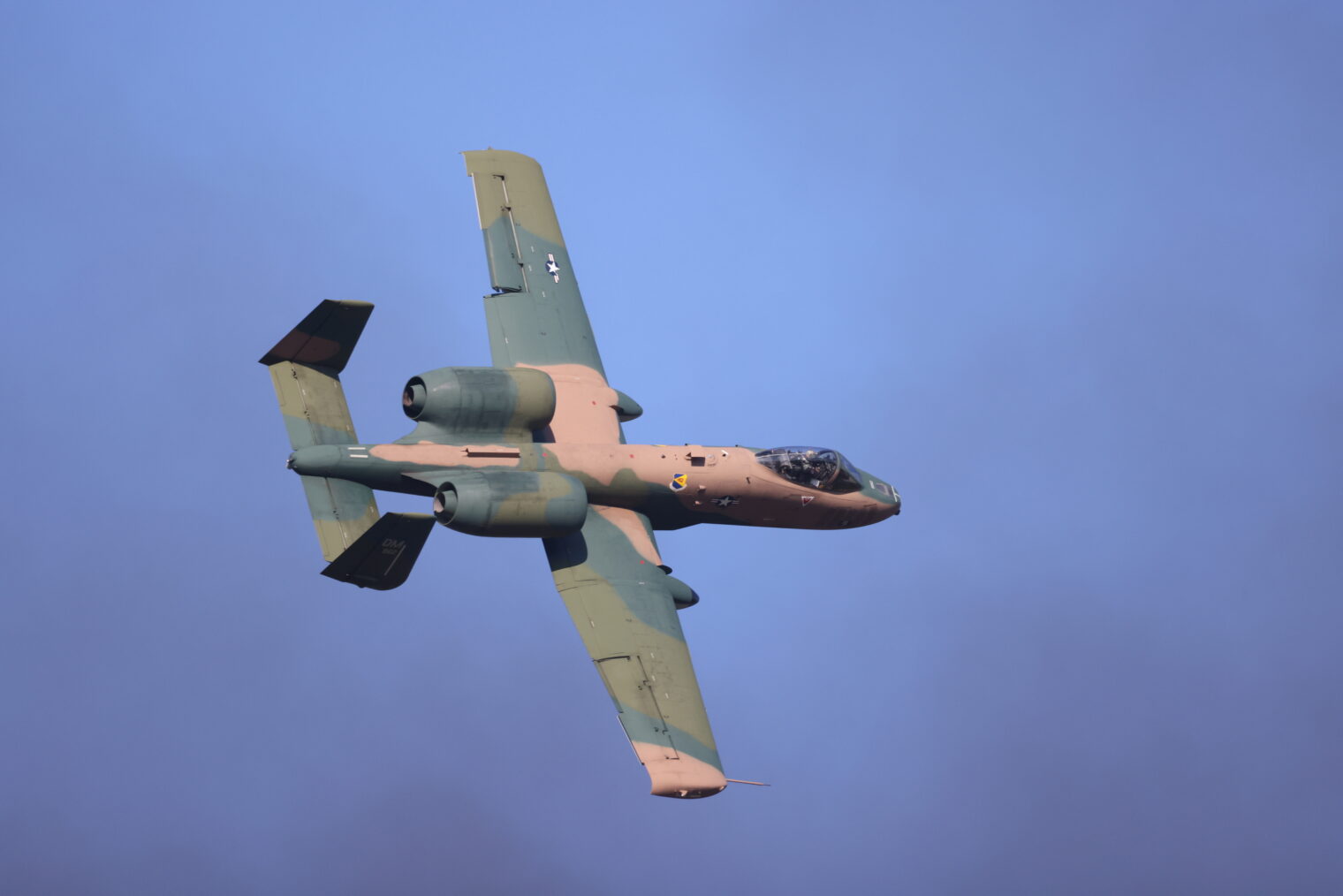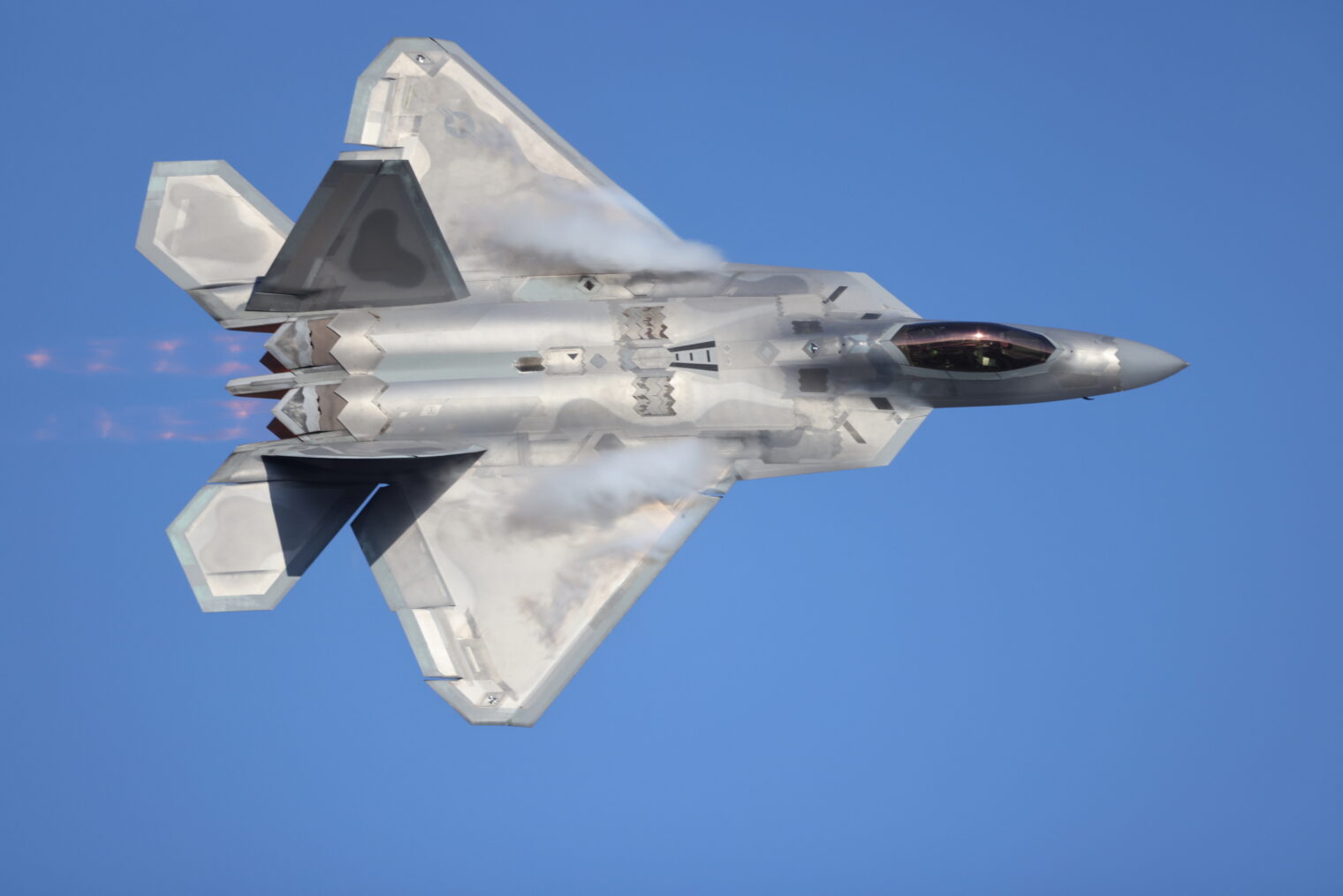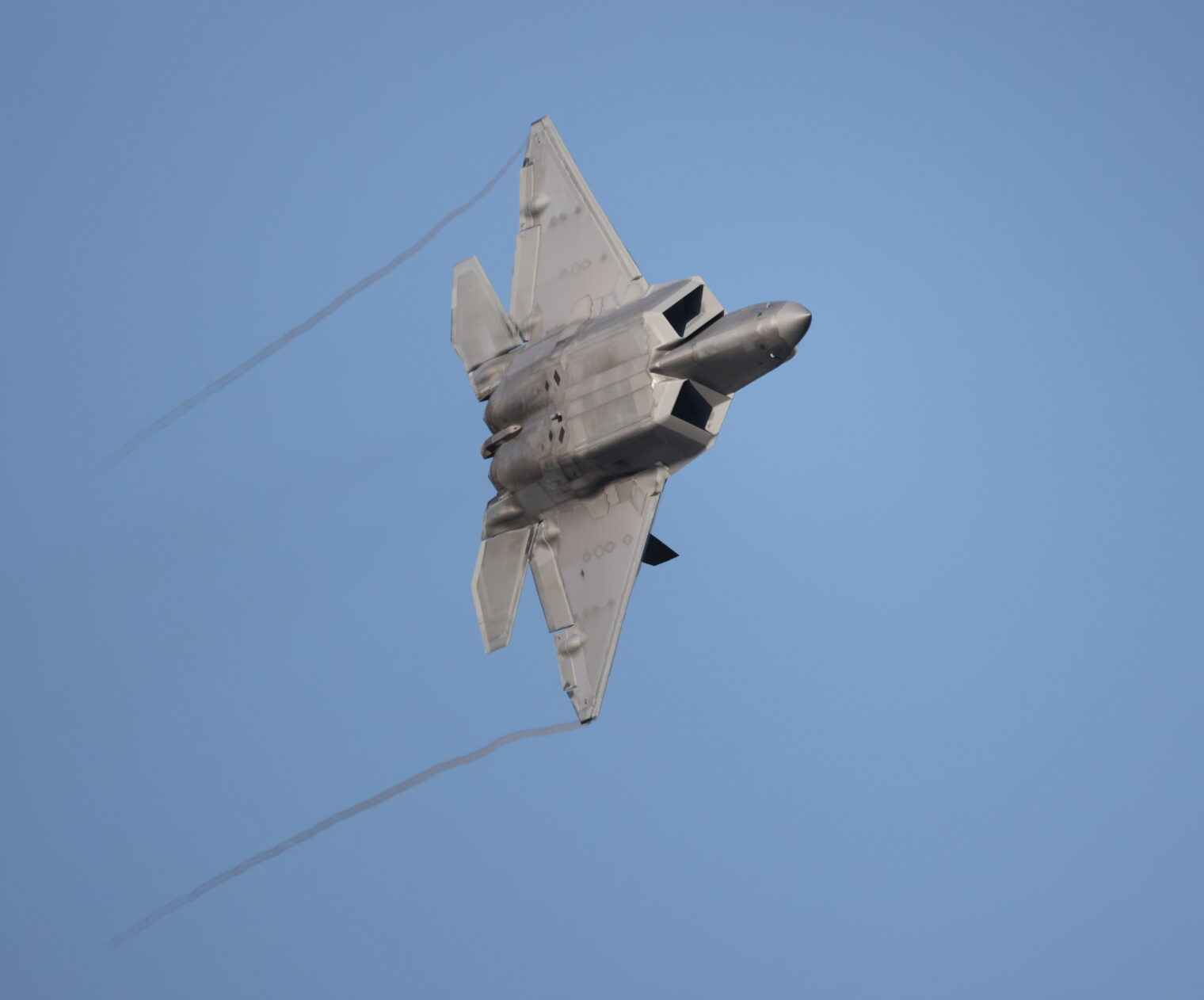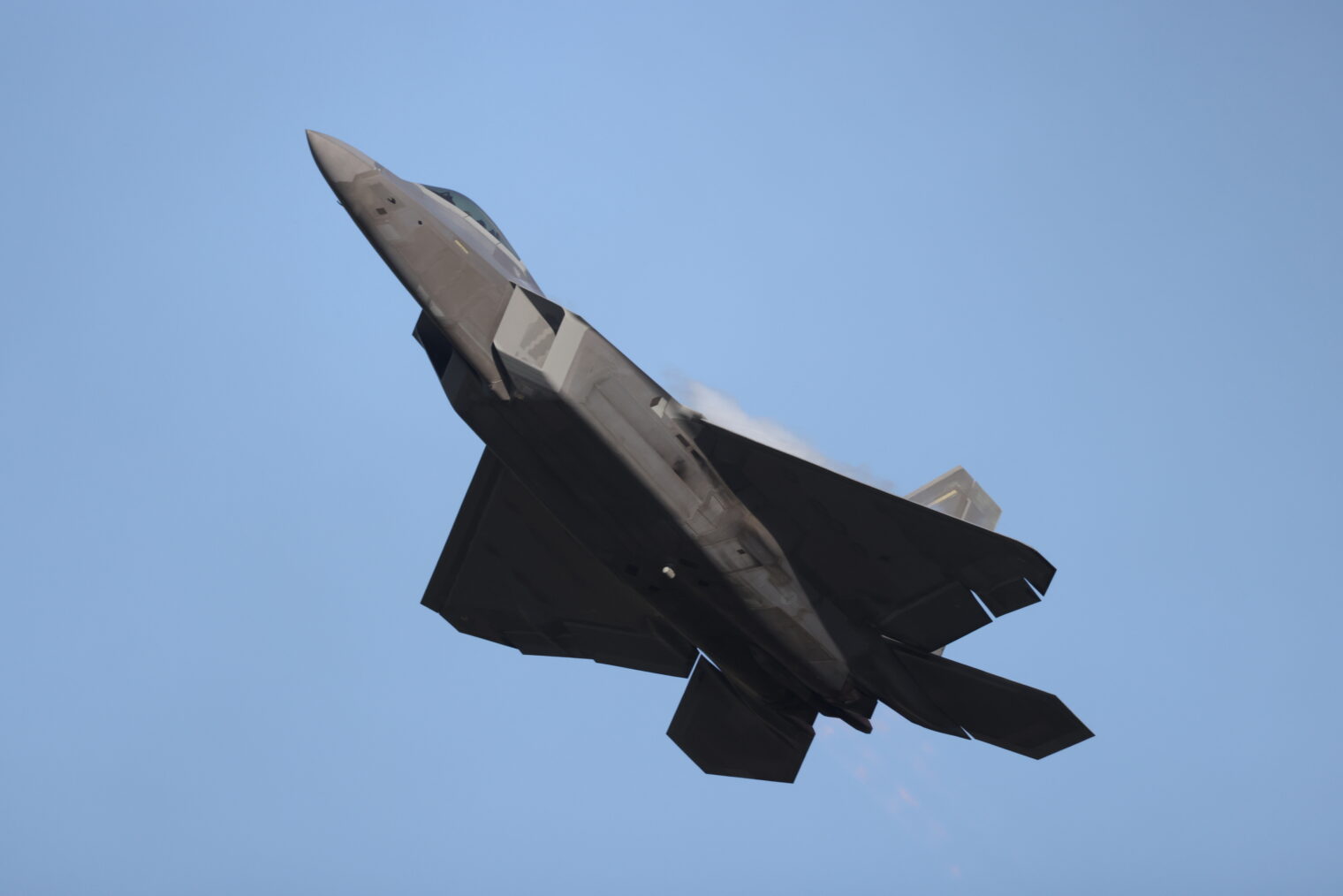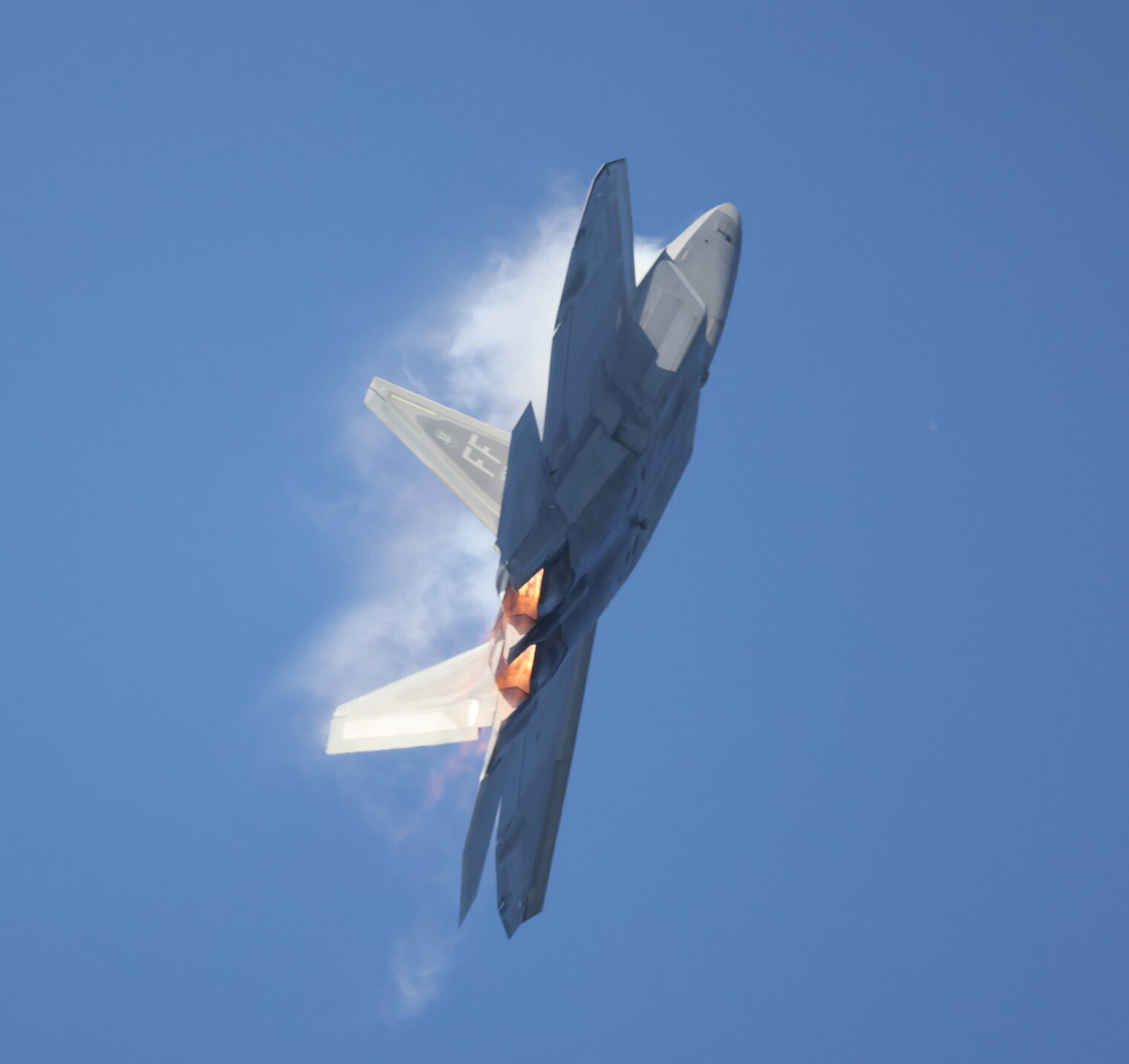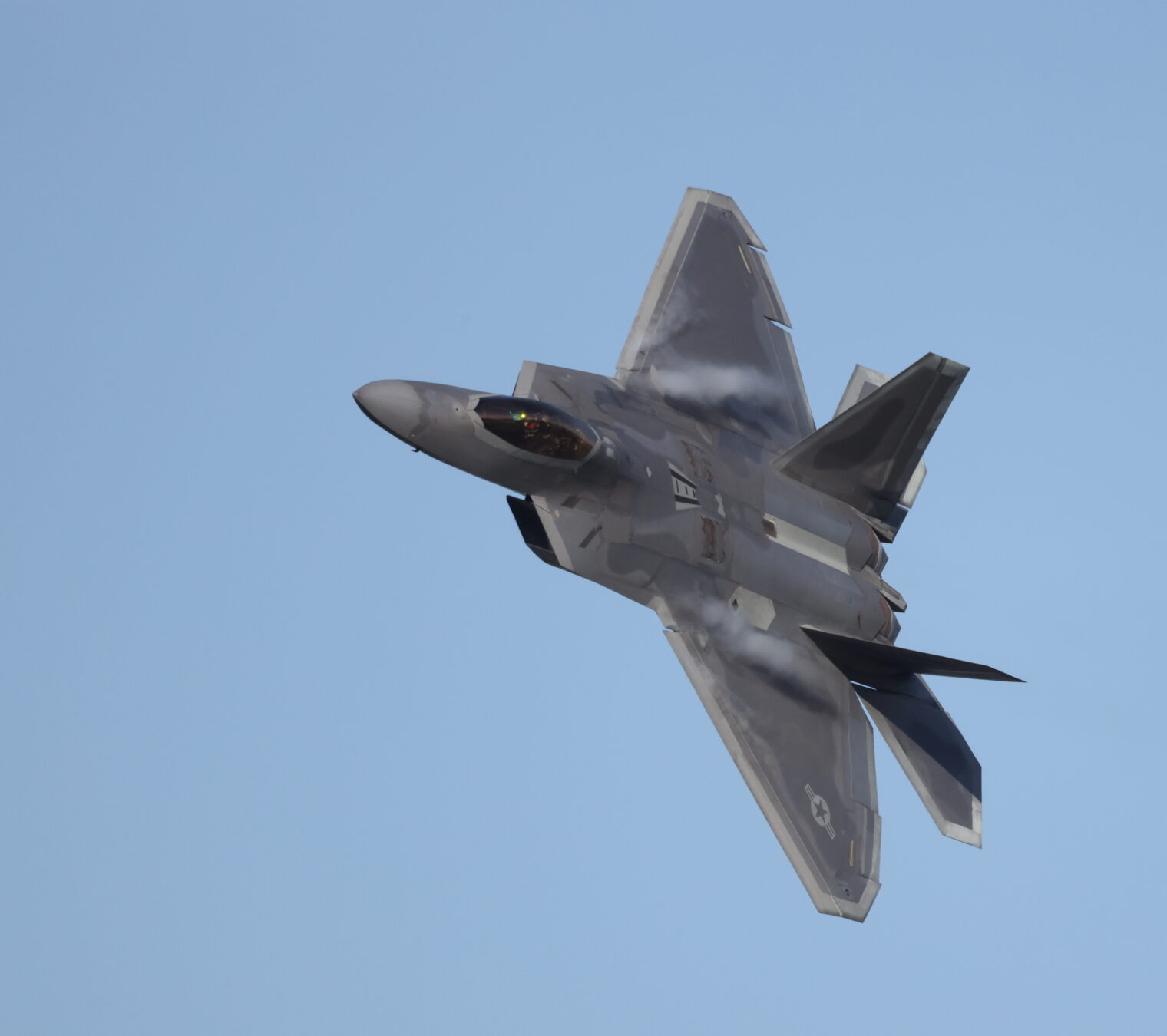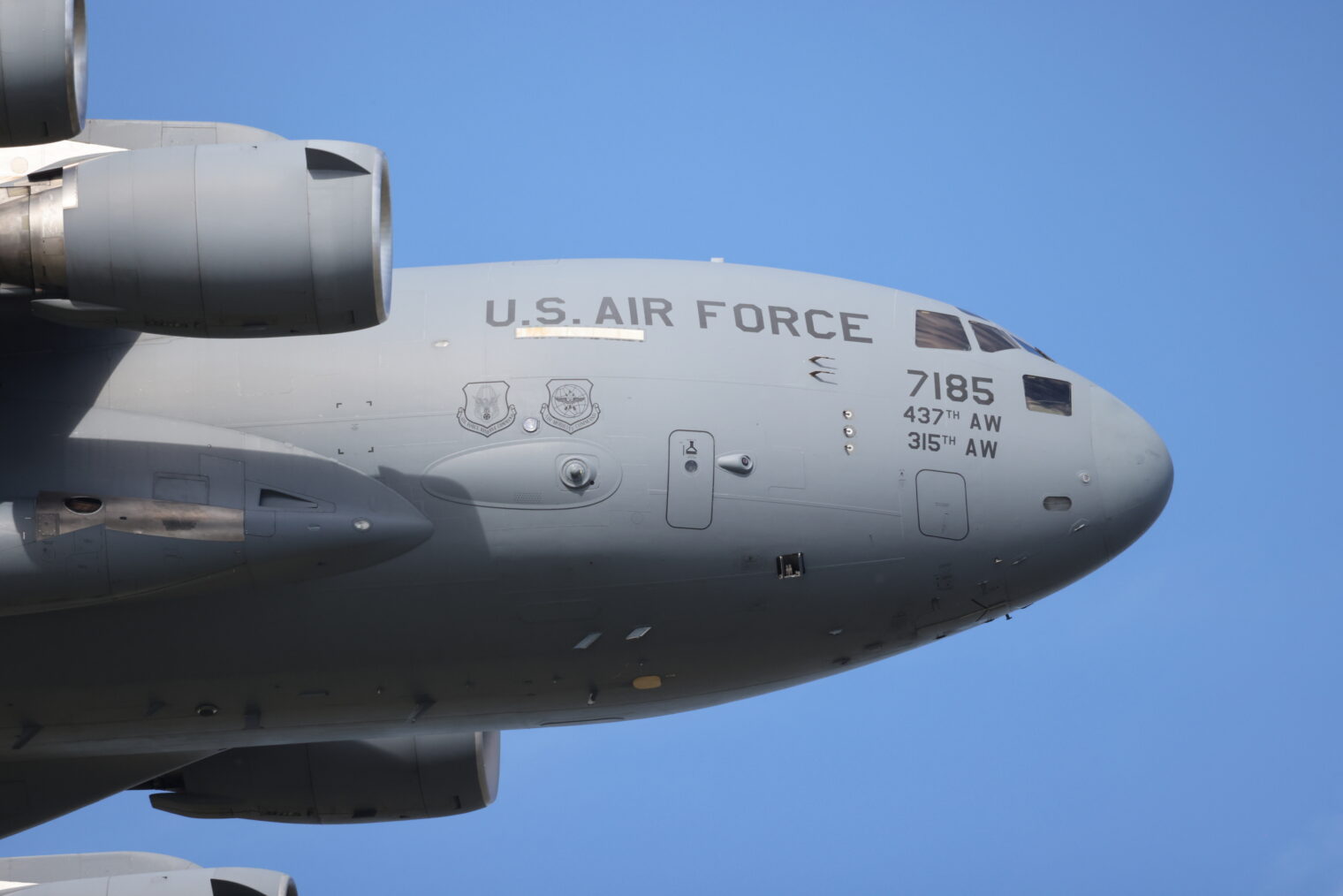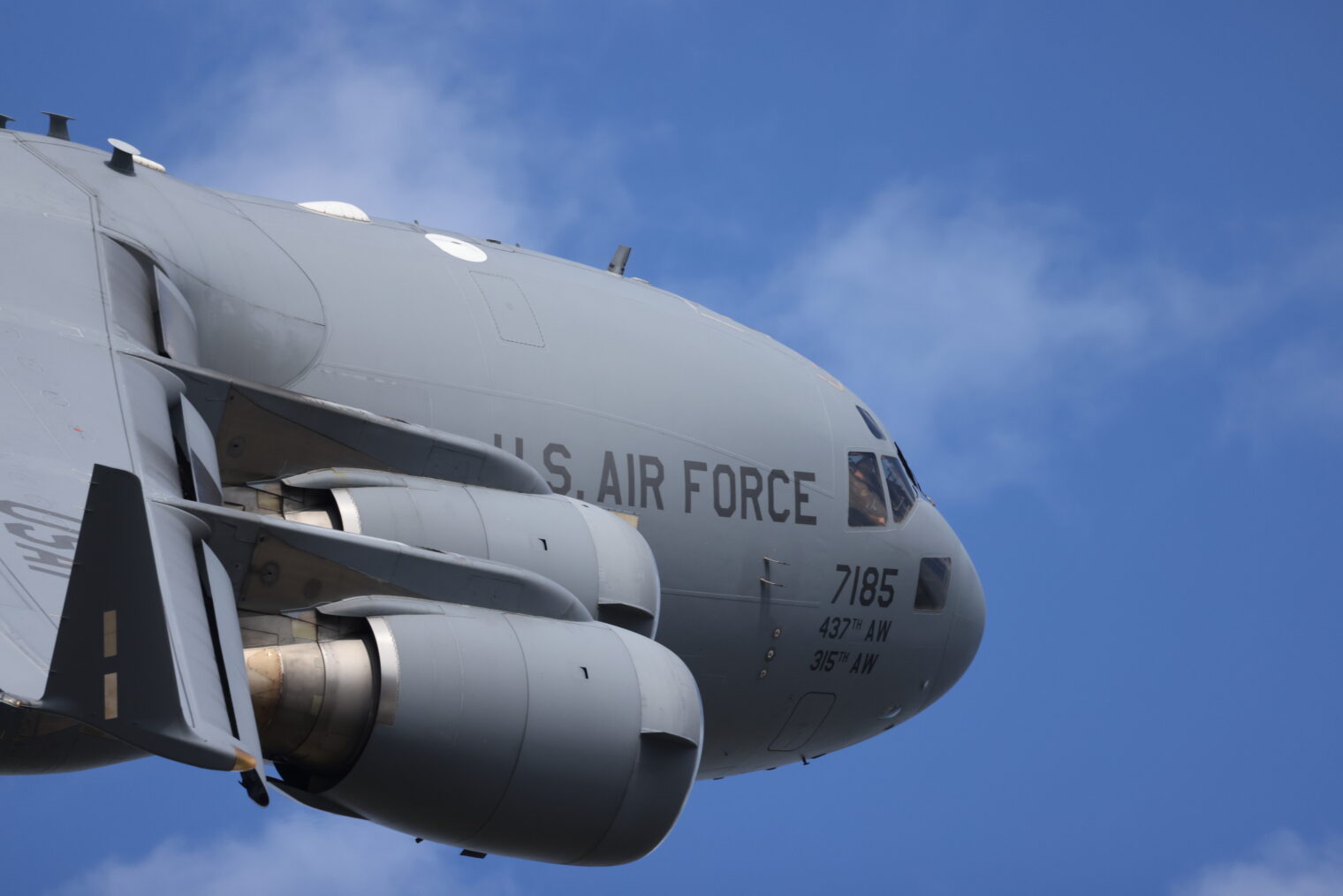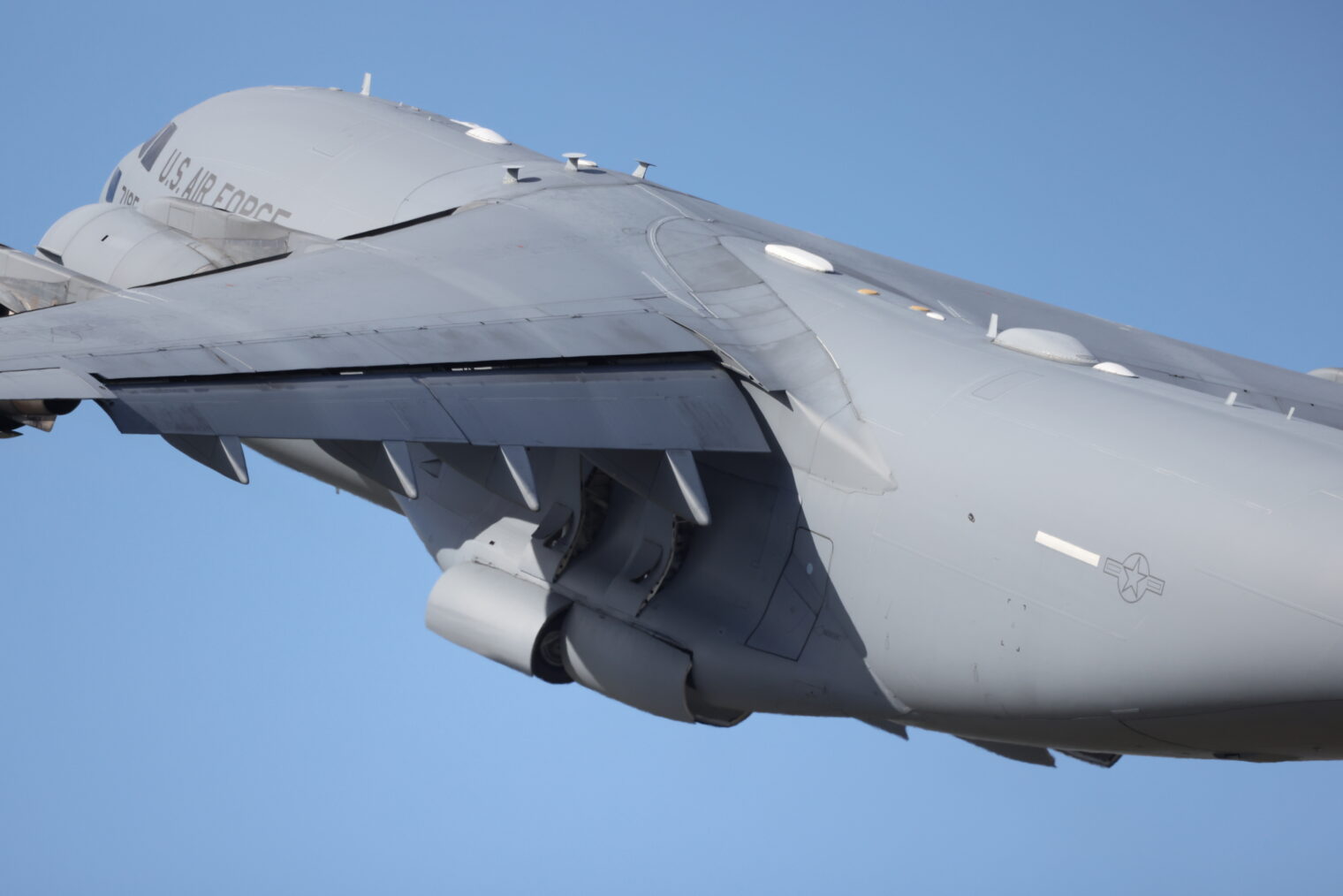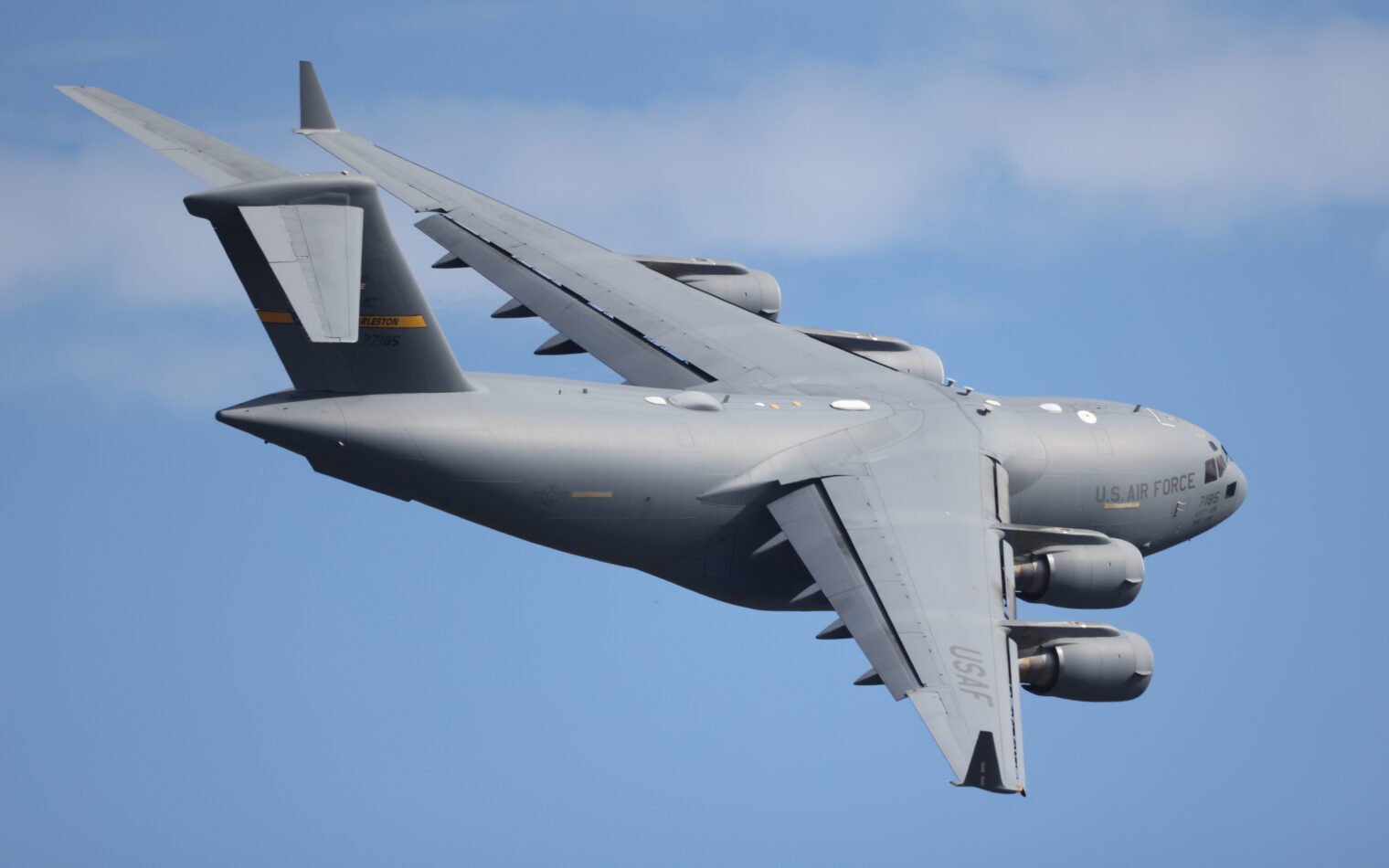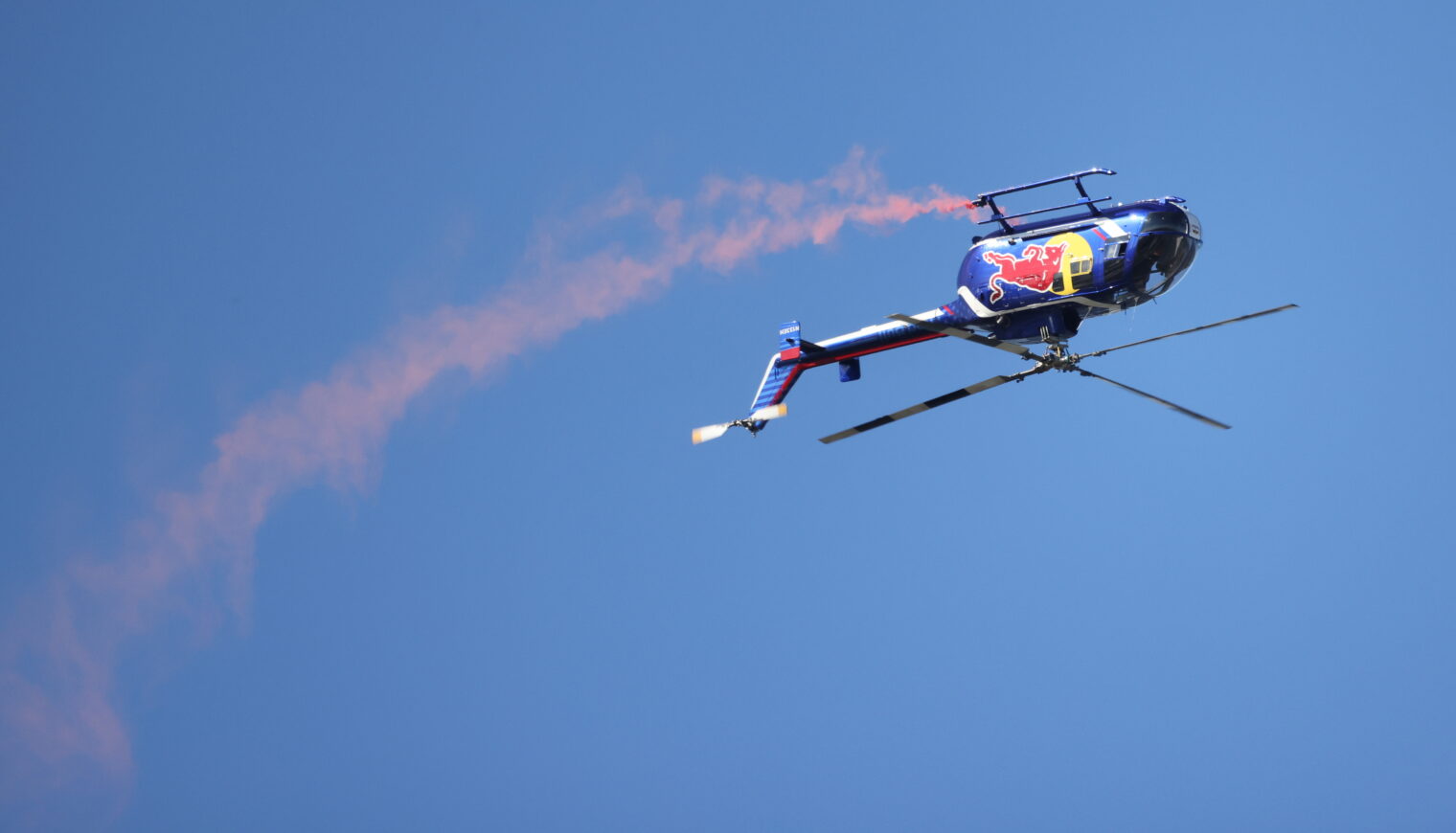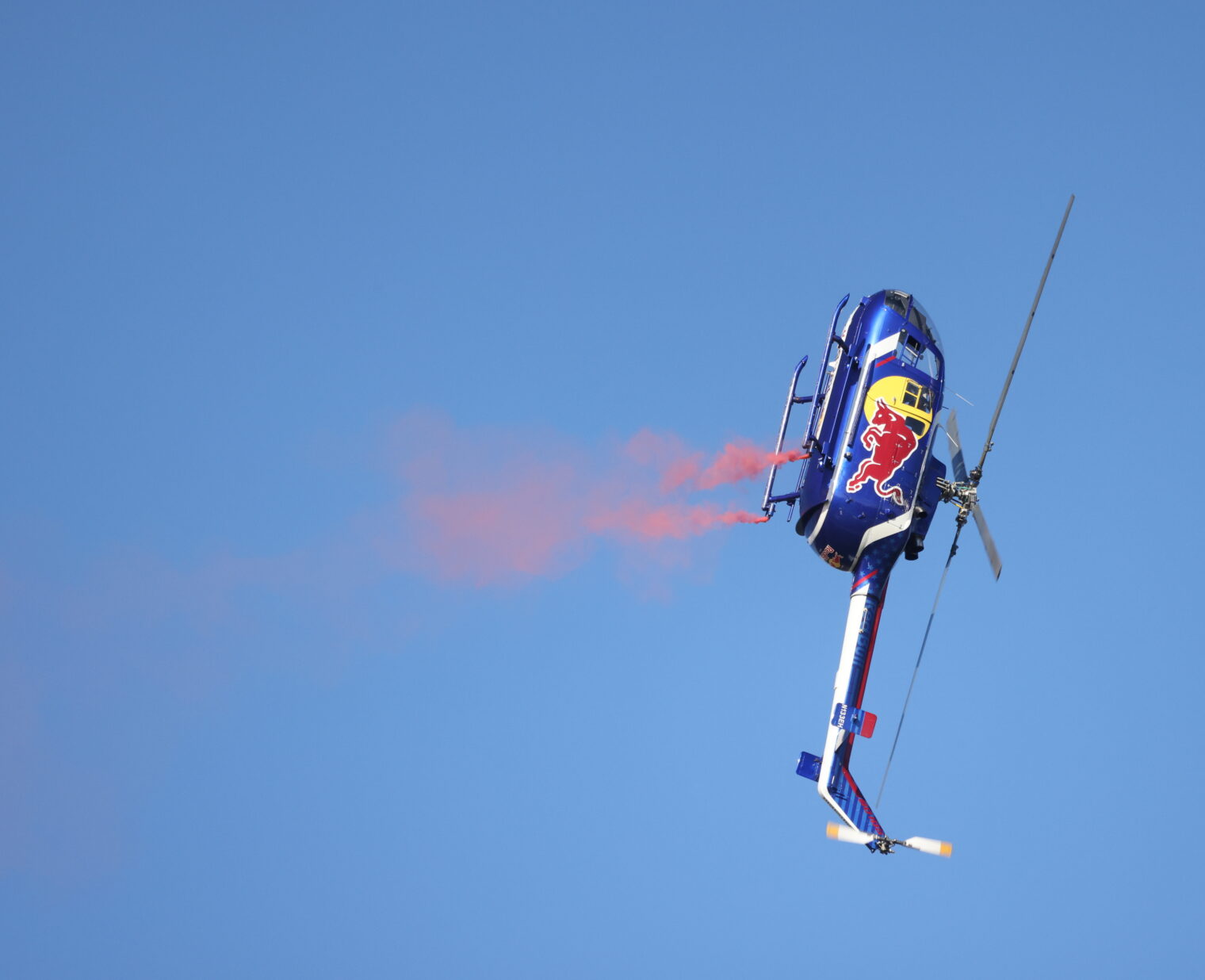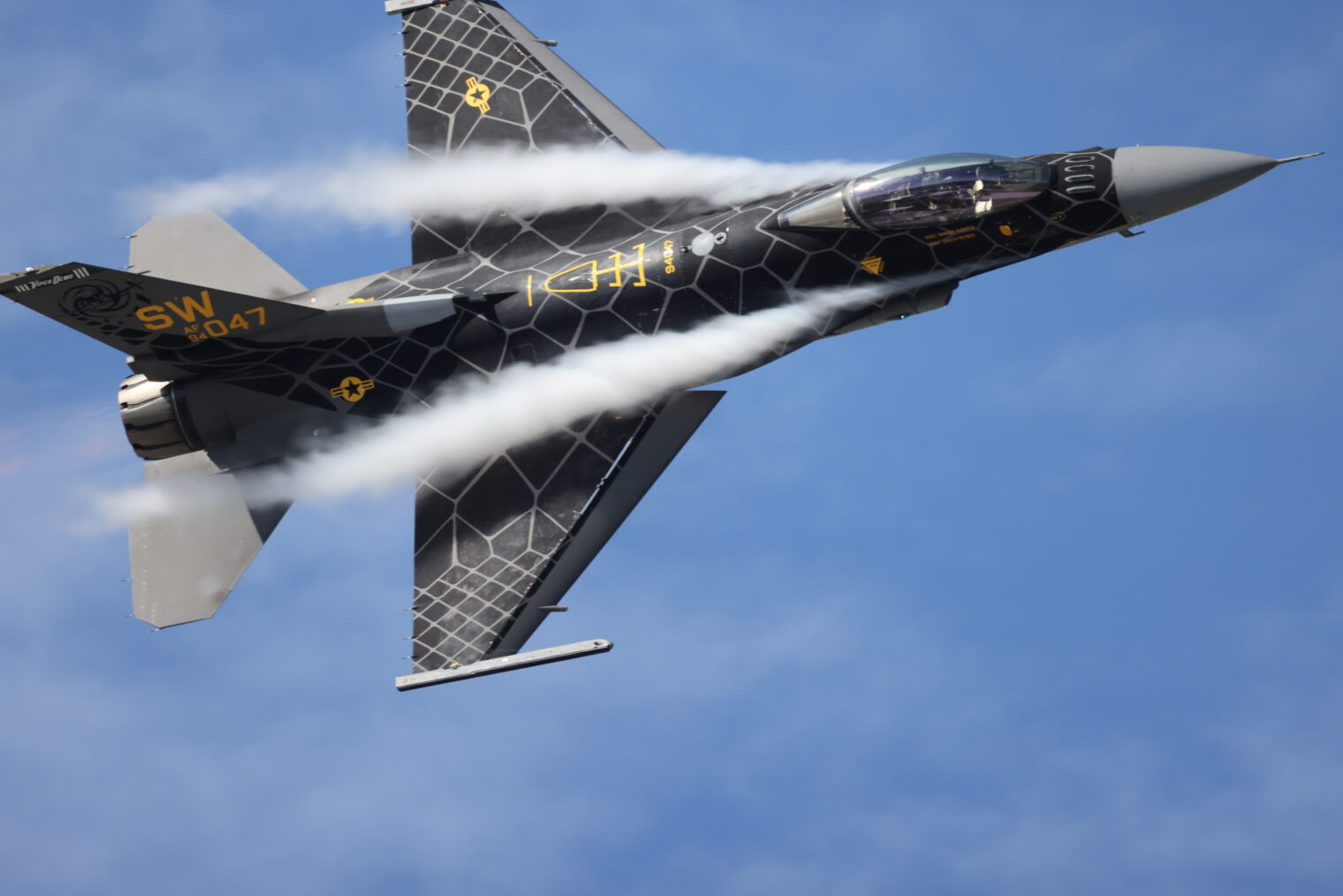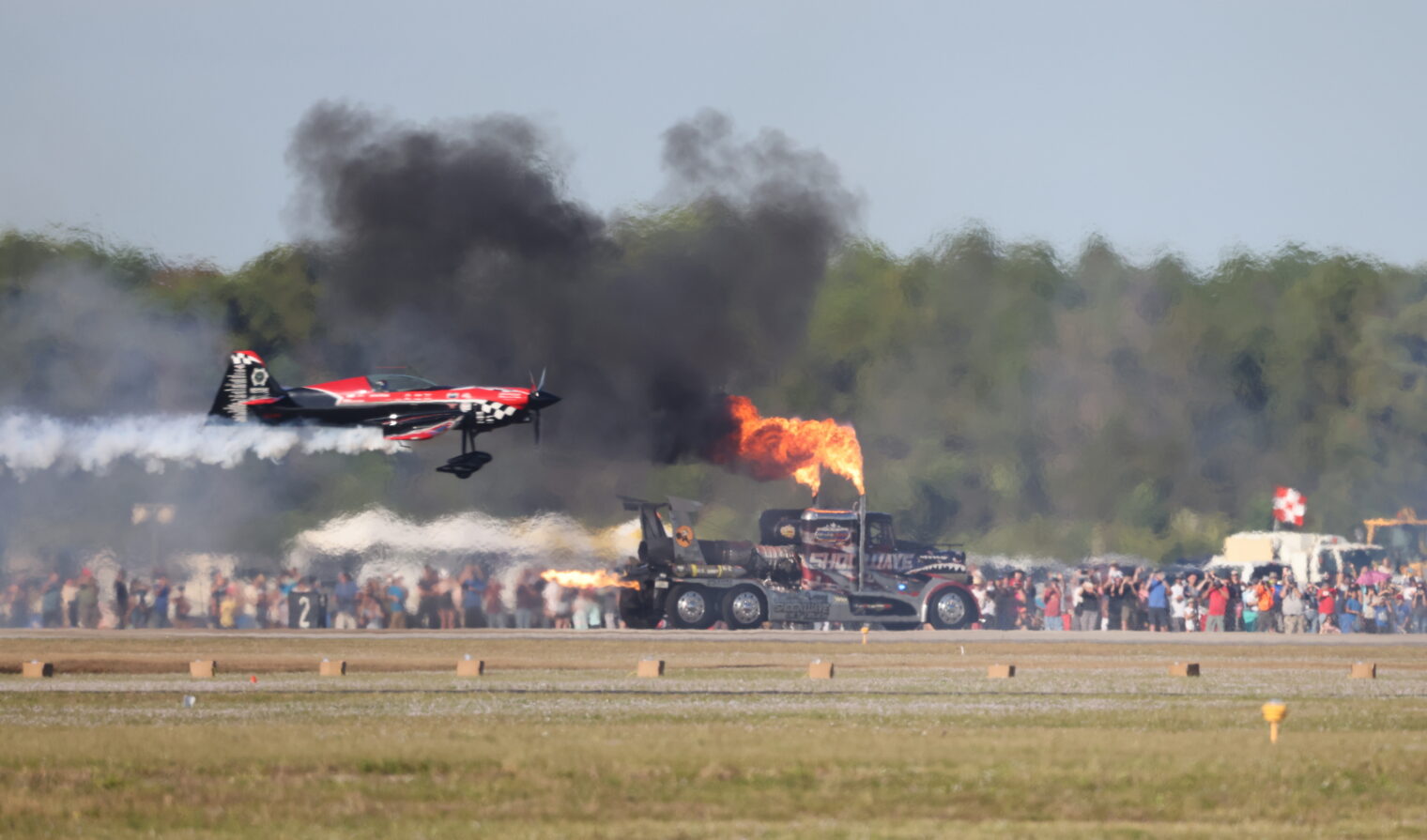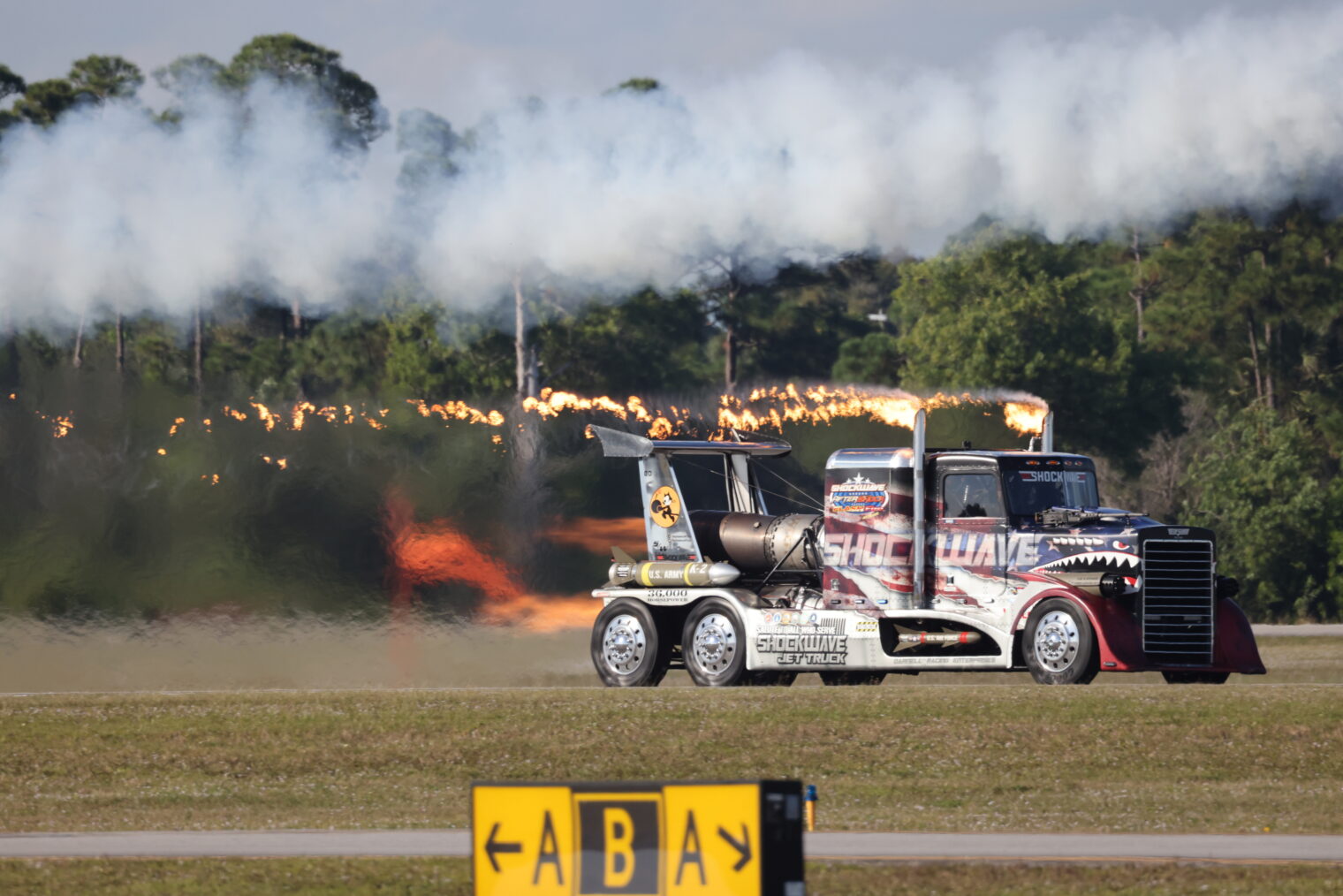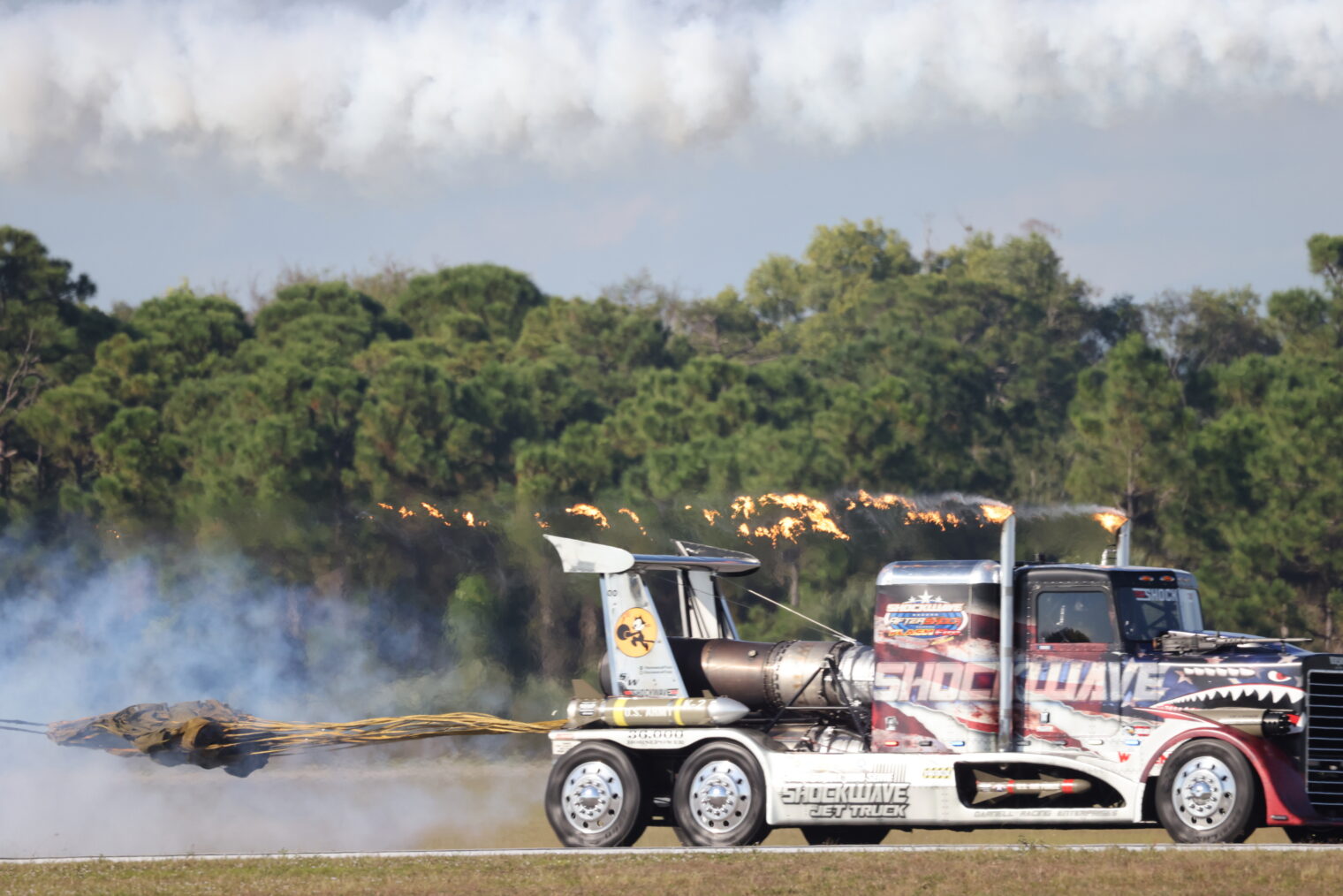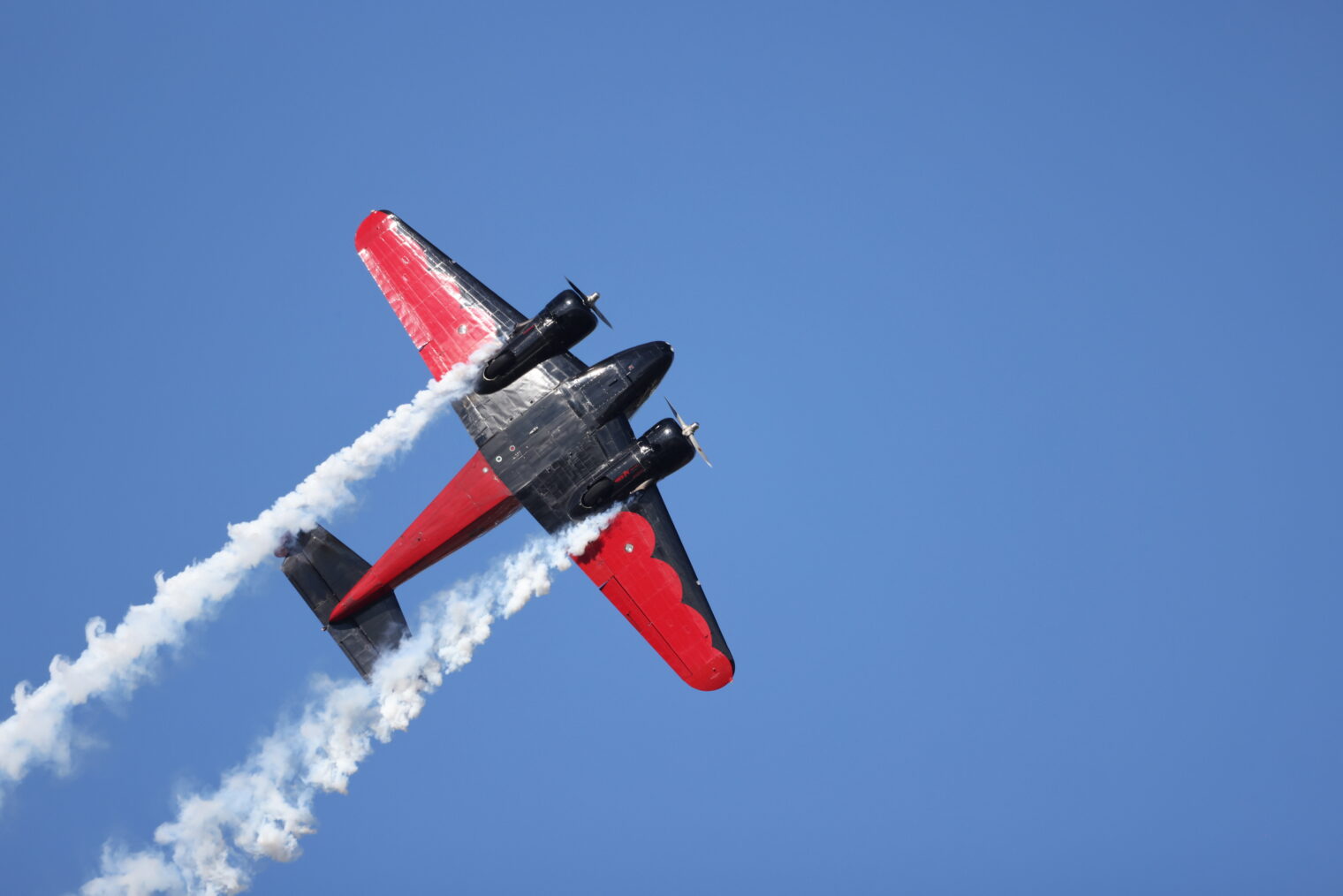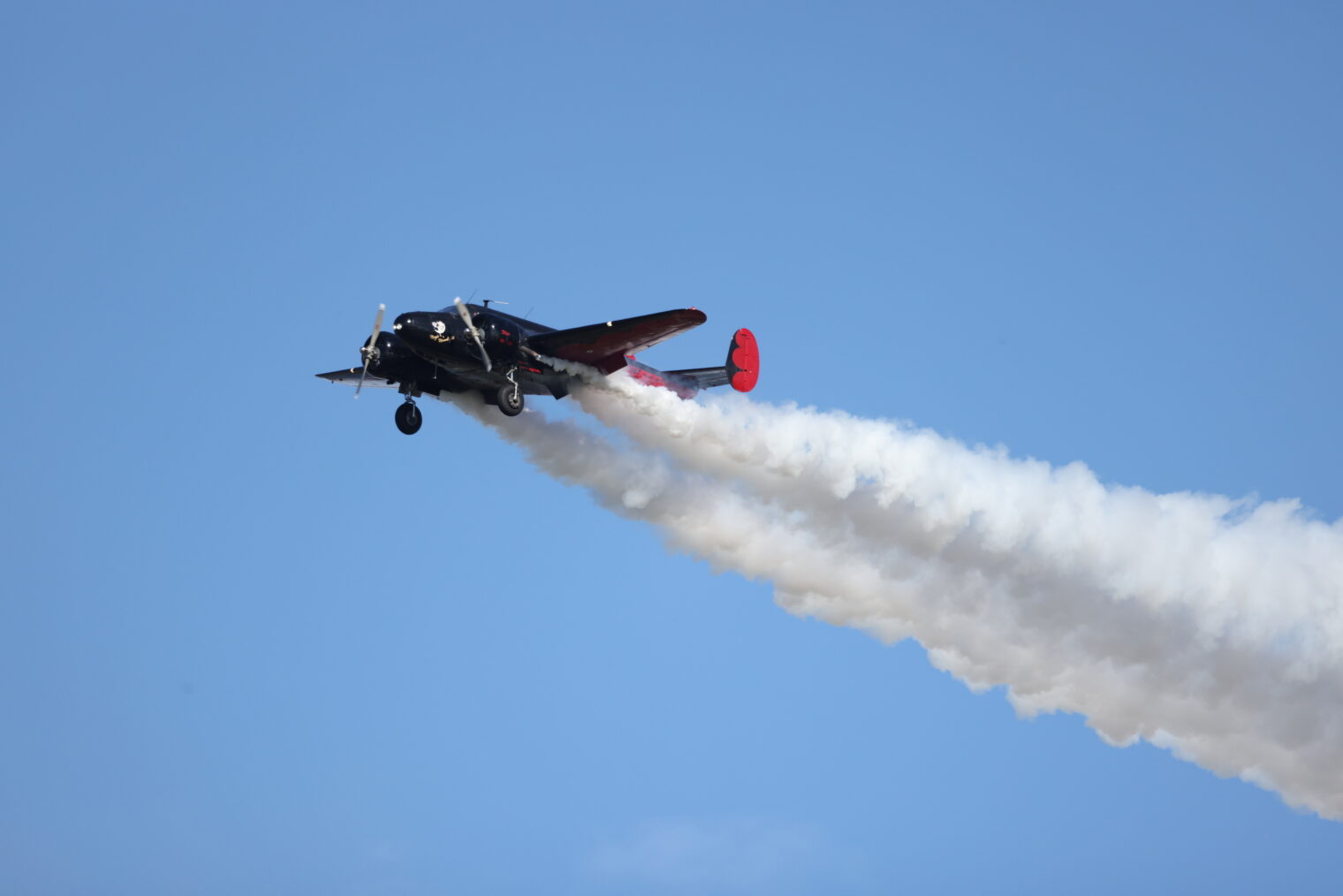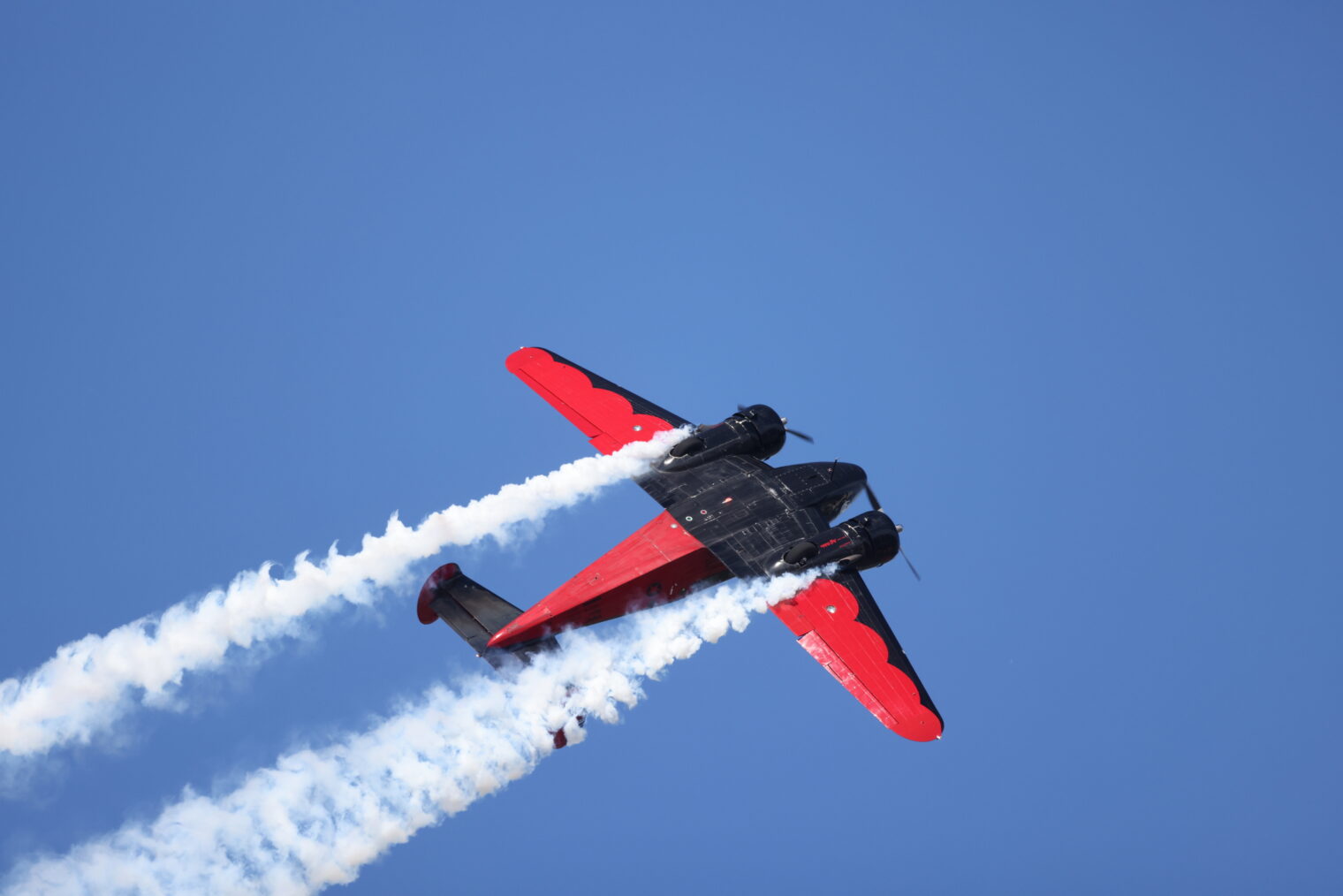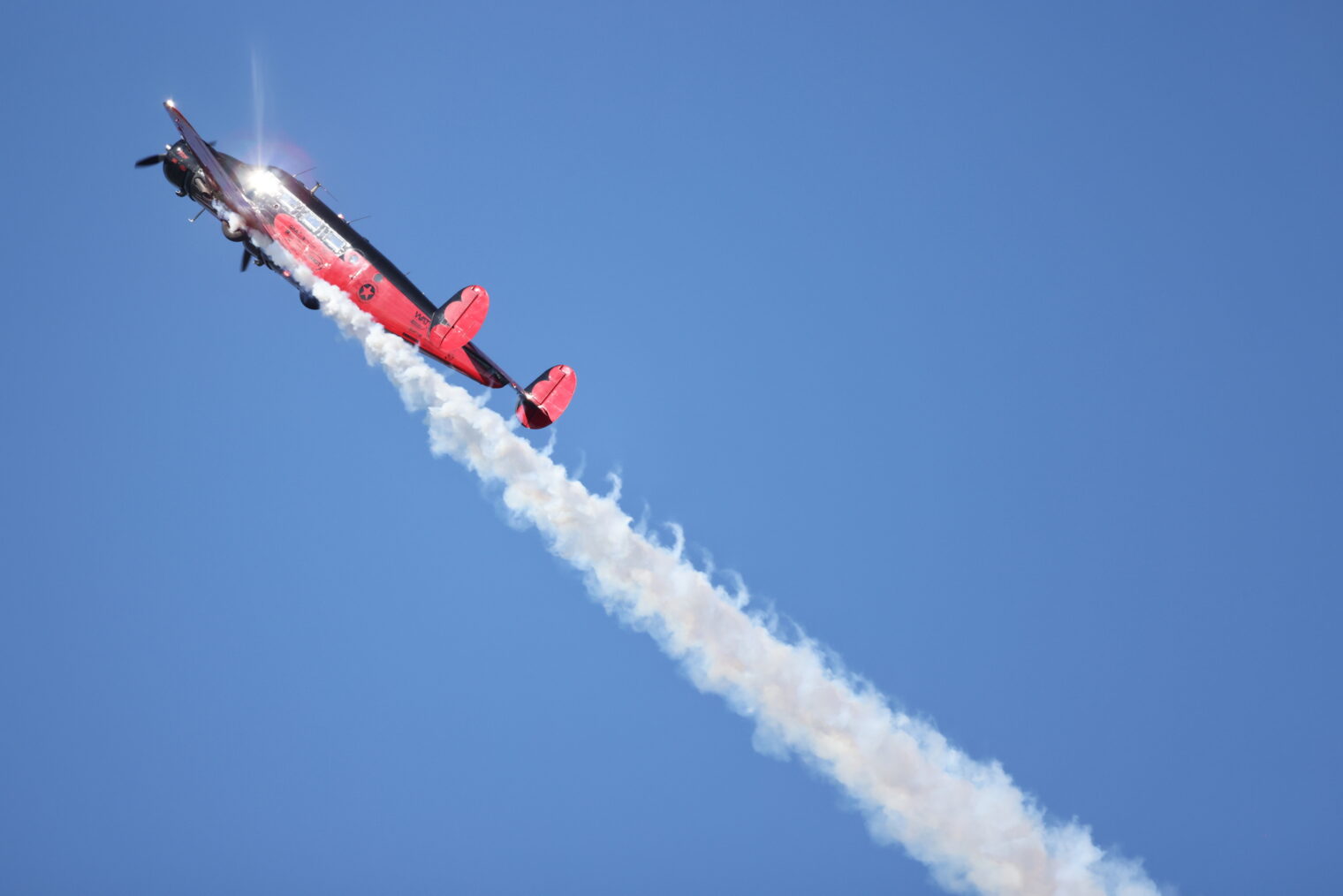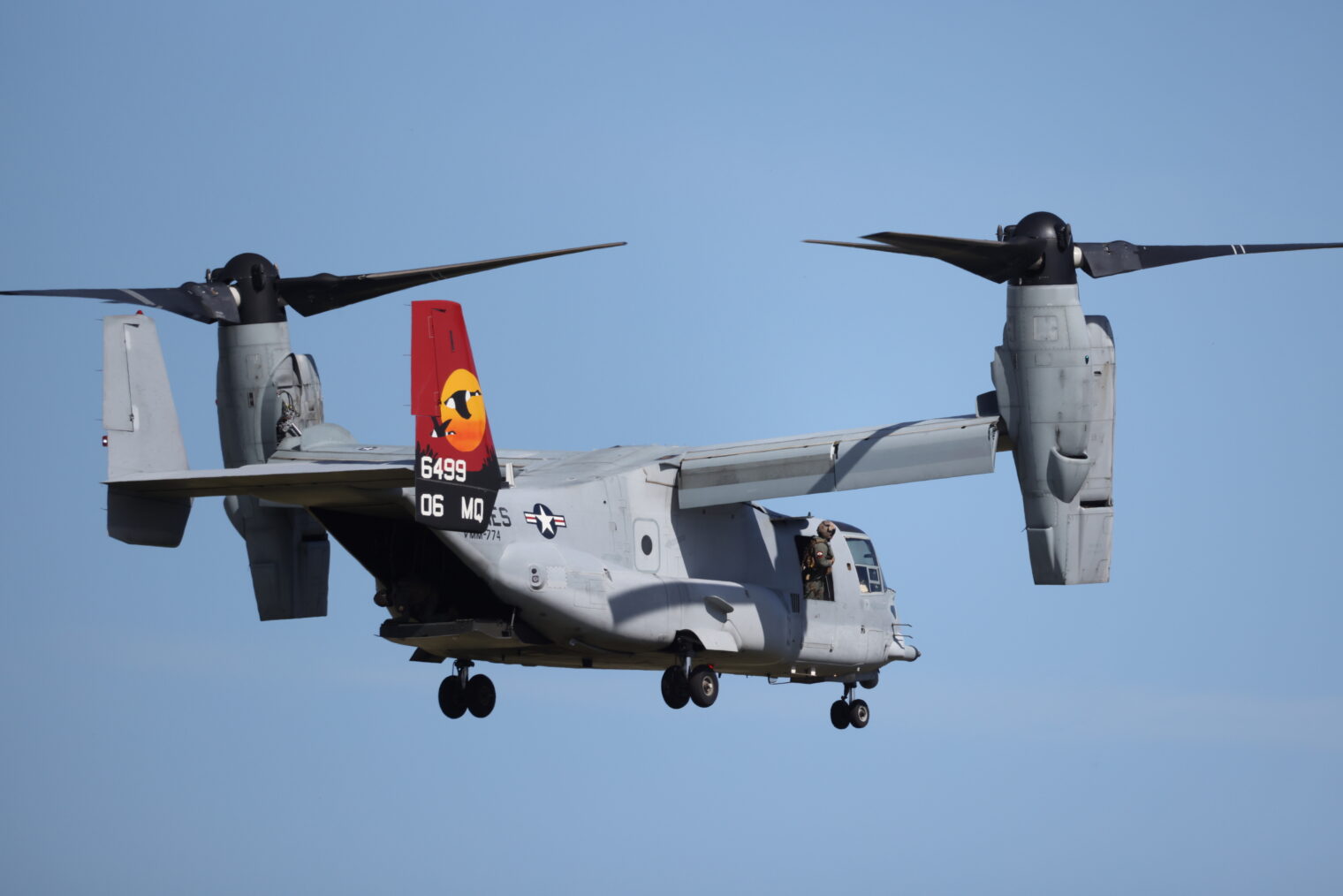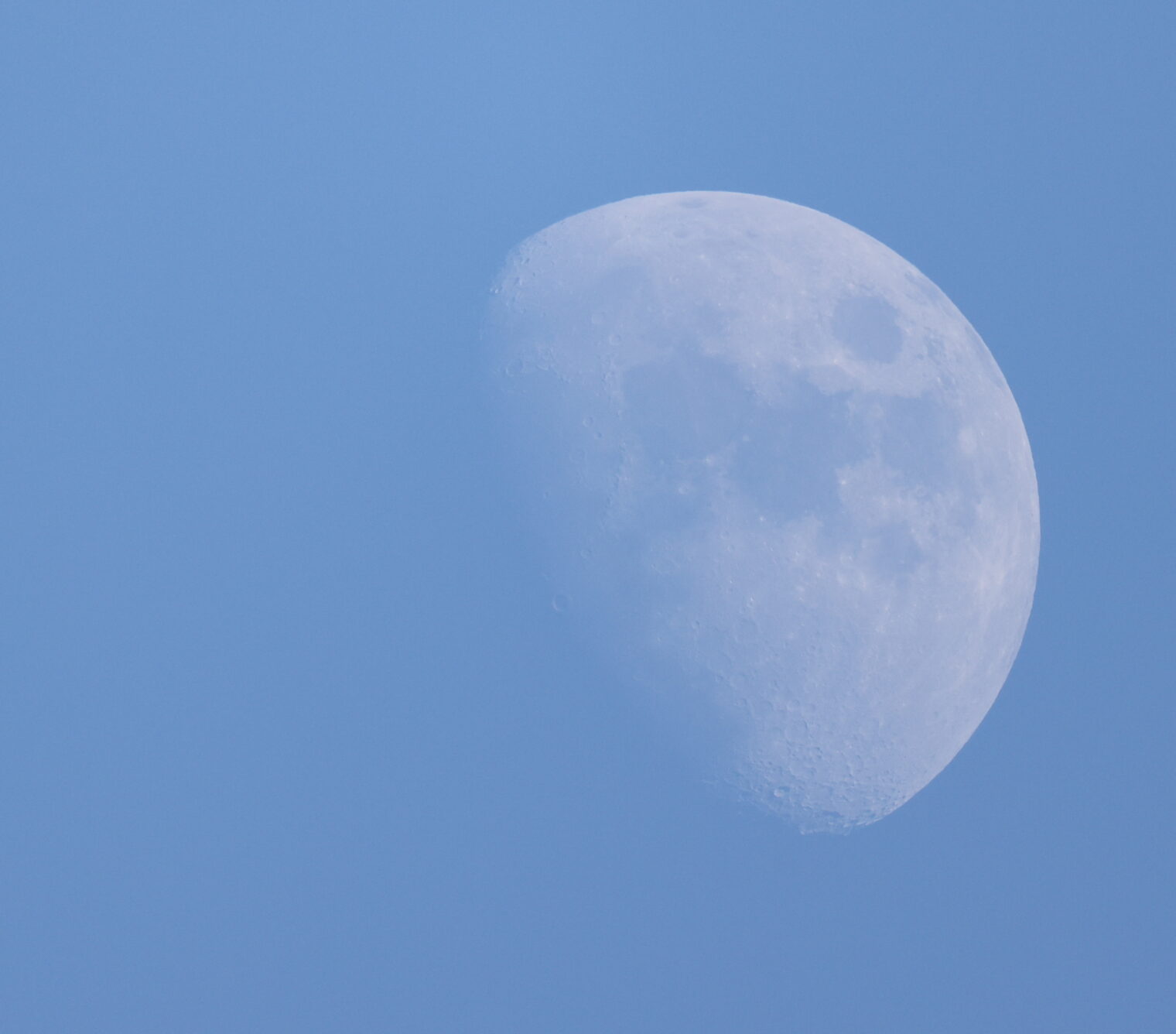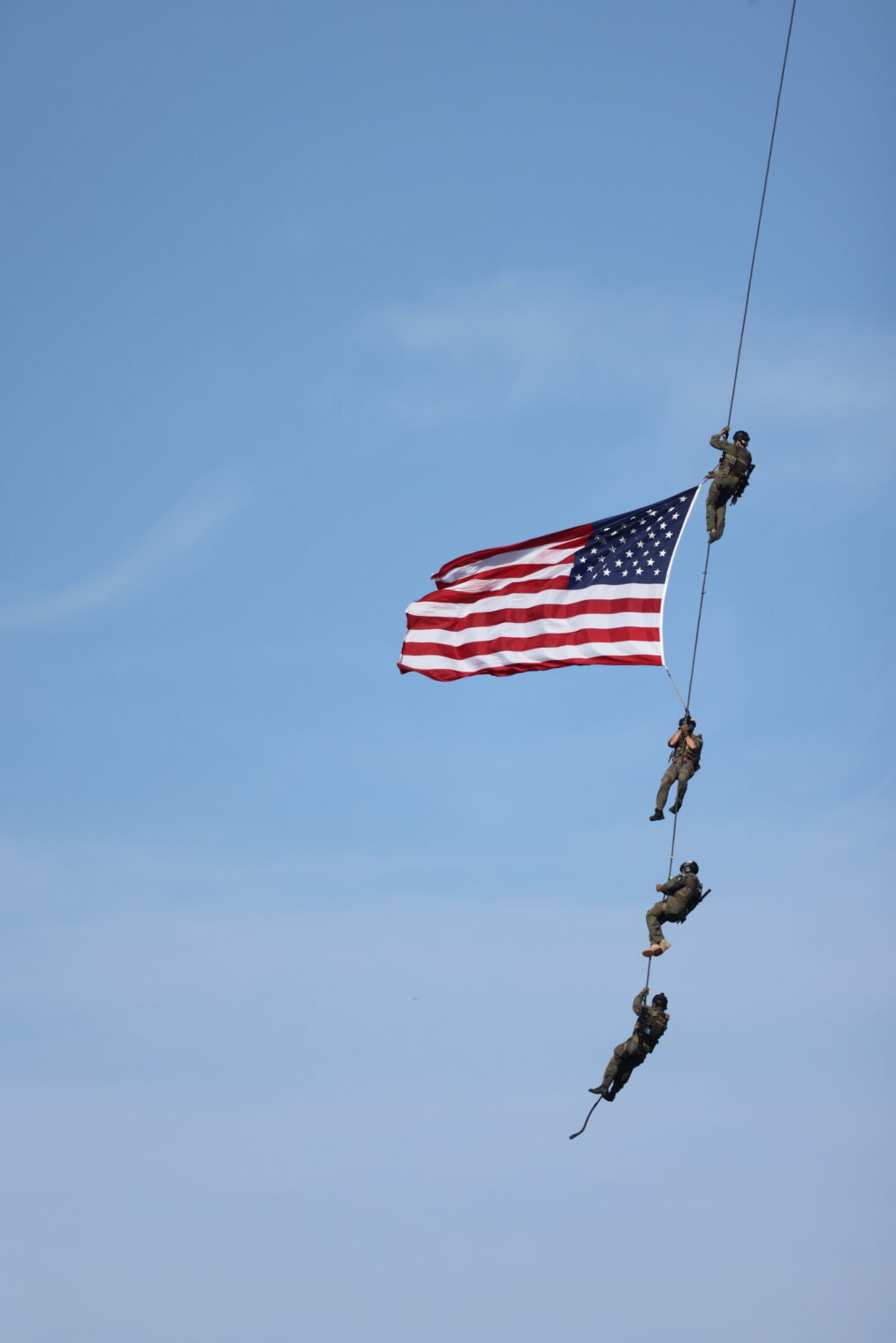This book will appeal primarily to pilots: An Officer, Not a Gentleman (Mandy Hickson). It’s by a pilot who spends 24 years in the Royal Air Force flying what the Brits call “fast jets,” ultimately ending up in a ground attack version of the Panavia Tornado. She’s 6′ tall and 190 lbs. and one of the few women in the RAF, so naturally she ends up with a call sign of Big Bird (pre-vaccination edition). Compared to the USAF, it seems that the RAF has more relaxed rules, more esprit de corps, more drinking, and a lot more time off if there isn’t a war to fight (the author is constantly going on beach vacations). Hickson is eloquent regarding why she loves the job:
I love the three-dimensional aspect of flying. I love the freedom of being up there in that vast, limitless sky. I love breaking through thick cloud into a world of deep blue, far from the humdrum of everyday life. I love that every flight is different, every aircraft is different. I love the risk involved. I love that it challenges me. And I love the fact it makes anything seem possible.
The book is packed with choice Britishisms. Example:
We were getting into this life, and began to think we were the dog’s nuts, strutting around the base in our baggy green flying suits. The RAF regulars must have been laughing their heads off.
The training progression in the UK seems to have been the following:
- Slingsby T67 Firefly
- Embraer Tucano
- BAE Systems Hawk
- the operational aircraft (Tornado in the author’s case)
It takes just over four years of training to get into an operational role, which the author achieves in 1999 with 80 hours in the Tornado.
Considering how small the UK is, they do a remarkable amount of low-level flying during training.
My previous low-level flying on the Firefly had been restricted to 500 feet because it is a civilian aircraft whereas the Tucano is military and is allowed to drop to 250 feet at nearly 300 knots.
So initially you had to do it with a visual picture. The rule of thumb was pretty simple. At 500ft you could see the legs of cows but you couldn’t see the legs of sheep. When you got down to 250ft you could see the legs of sheep. It was very technical.
Maybe the smartest young officer:
One trainee on the course in front didn’t like flying at night. The story goes he taxied off and hid his aircraft behind a hangar and made all the radio calls he would use during the circuit from there. You can imagine the air traffic controller, slightly puzzled going, erm, I can’t quite see him but he’s requesting clearance to land. Apparently, he taxied back forty minutes later, still keeping up the deception. He was only rumbled when the engineers realised no fuel had been used.
Hickson doesn’t like the technical material:
I had six weeks of ground school to look forward to. Six weeks of theory and tights, back in my beloved blue No.2 uniform. The first few weeks in the drab lecture hall were spent purely learning about engines, electrics, hydraulics and how does a Hawk even fly anyway? I was never that technically minded. Nothing to do with being a woman, just not very interested. Has it got an engine? Great. Does it work? Fingers crossed. As far as the theory goes, I’m not that far beyond your basic suck, squeeze, bang, blow. I was surrounded by guys who were positively frothing at the inner workings of a Rolls-Royce Turbomeca Adour engine. It didn’t really float my boat.
Training to ditch is tough and scary:
For this we boarded a boat and took to the cold, grey waters off Holyhead. Dressed in a full immersion suit with flying kit over the top, plus boots and helmet, we each had to jump in and be pulled along in the wake to simulate being dragged by your parachute after ejecting and landing in the drink. ‘OK Mandy, whenever you’re ready…’ Already shivering in the autumn morning, I took a deep breath, inflated my lifejacket, folded my arms across my chest and took a big step into the Irish Sea. The cold shock hit me like I’d been punched in the stomach and I surfaced spluttering and sucking at the air. I felt the yank on the harness as the slack was taken up and I was pulled face first through the water by the boat, like a giant fishing lure. Knowing I had to act quickly, I heaved myself over, so I was lying on my back and spread my legs like a starfish to make a more stable platform. I scrabbled to find my harness clasp and swallowed mouthfuls of spray as I fiddled with the release mechanism. Come on, you little blighter. Yes, done it. The harness flew off with the boat and I came to a stop. I grasped the line attached to my waist that was trailing my personal survival pack and started hauling it in. This was the base of the ejection seat, which you released to dangle below you when you were parachuting down. I grabbed the box and pulled the black and yellow handle on top. Nothing happened so I did it again, while kicking my legs furiously to stay afloat. Suddenly it burst open to reveal the single-seat orange life raft that would be my lifeline. When it was semi-inflated, I flung my arms over the side and tried to pull myself in but my saturated flying kit weighed me down. I half squashed the side and kicked like Michael Phelps to get over the edge. I flopped into the bottom like the world’s most ungraceful seal. Done it. Blimey. If I had any kind of injuries from ejecting, likely to be some sort of arm issues from flailing on exiting the cockpit, I would have serious problems getting in. Especially if the sea was rough. It goes to show why you’ve got to be in good physical condition in the first place.
A lot of official events involve a lot of alcohol. Example following first solo in the Hawk:
All of us who had gone solo up to that point chipped in for a barrel of beer, hence the name. But this wasn’t a pleasant summer evening spent sipping ale politely on the lawn. In our flying suits, we were lined up and handed a succession of shots. Downing them in one was the only option. Crème de menthe made for a cheeky opener, followed by a smooth hit of Baileys and then in a convenient nod to the squadron colours, Blue Curacao and banana schnapps. We washed these down by necking a pint of beer and then a glass of milk. Strangely, this was what caused all the problems for those with less than cast-iron stomachs. I was given absolutely no quarter for being a woman. I suppose I had been yearning to be one of the boys, so I couldn’t really complain. Suitably sozzled, we shook hands with the boss and were awarded the squadron’s diamond-shaped embroidered cloth badge to wear on our left arm.
The author has some rough spots in training, but her fellow trainees (all guys) band together to help her out, e.g., spending an entire evening on bicycles practicing formation flying. There is more drinking when she is assigned to her first operational aircraft:
In true RAF tradition, instead of just sticking these up on a notice board, the news was dished out during a drink-up. We were told to report to the bar in flying suits and I met some of the others milling about outside the locked door. We could hear voices and laughter coming from inside, however a few polite knocks didn’t seem to register. We shrugged and carried on chatting but I could sense a few nerves in the air. Then the door eased open and the eight of us we were ushered in. We were greeted with a big Wheel of Fortune-style spinning wheel in the middle of the room. All our instructors were gathered around and we were handed pint glasses, which were quickly filled up from a jug. On the wheel were photos of different fast jets, plus a picture of a jug of cream. This, we were told, indicated you would become a ‘creamy’ and stay at Valley as an instructor with the chance to go through selection again for single seat. Each pilot in turn took to the floor to spin the wheel. If it landed on your designated aircraft first time, all well and good. If it didn’t, you had to neck a pint.
A lot of the challenges will be familiar to civilian pilots:
Taxiing a Tornado in the sim for the first few times was quite funny. It was like getting into a new hire car and taking a while to tune into its whims. I kept meandering left and right over the centre line on the tarmac while trying to keep it straight. Or I’d power up the throttles too much and shoot forwards and then tap the brakes too hard and lurch to a stop. ‘Oh no, a bit more, oops, bugger,’ as I careered down the runway looking like a youngster on roller skates for the first time.
It was really easy to fall into the trap of saying what you thought you should, rather than what was actually happening. For instance, when you put down your landing gear and say automatically, ‘Three greens’ to signal three wheels down because that is what you always say but actually it’s two greens and one red. One of the real dangers of flying is it’s all about motor programmes – you are wanting people to operate an automatic process, with drills and checks, but at the same time they have to be vigilant and spot if something is not where it should be. Plenty of times I’ve looked at a switch and thought, ‘Hang on a minute, I’m about to skirt over the fact the batteries are off.’ You become so used to the routine of saying it. That’s why a lot of aircraft crash – people saying what’s not there.
The Tornado rotates at 150 knots. Hickson gets there after about 600 hours of total flight experience. She almost wrecks one during training in Goose Bay, hydroplaning sideways down the runway at 150 knots. Even back in the 1990s, the aircraft had a terrain-following radar that would keep the plane at precisely 250′ above the ground. The backseat navigator has the job of monitoring whether the thing is actually working or is going to fly the plane into a hill. When a crew dies in bad weather, the mates gather in the officer’s club bar:
That evening we all filed into the bar in a sombre and reflective mood. Their bar books were opened up and all drinks put on their accounts, which would obviously get chalked off at the end of the month.
As the alcohol kicked in so did the tears and raw emotions. The other guys on their course were all big characters and experienced second or third tourists in the Gulf, but they were in pieces.
The booze flowed and we toasted Dickie and Sean long into the night.
At some stage, as tradition dictates, the mess piano was wheeled outside and set on fire while someone was playing it.
The author and her RAF comrades meet the USAF at Nellis (Vegas) for the Red Flag war games.
The place was packed with buzz-cutted aircrew. A square-jawed American stood up at the front and a hush went around. ‘Hi, my name’s Ninja and I’m the commanding officer…’ Once he’d done his bit another identikit American took to the lectern. ‘I’m Tomcat, and I’m the best goddamn navigator in town.’ It
Full post, including comments 
